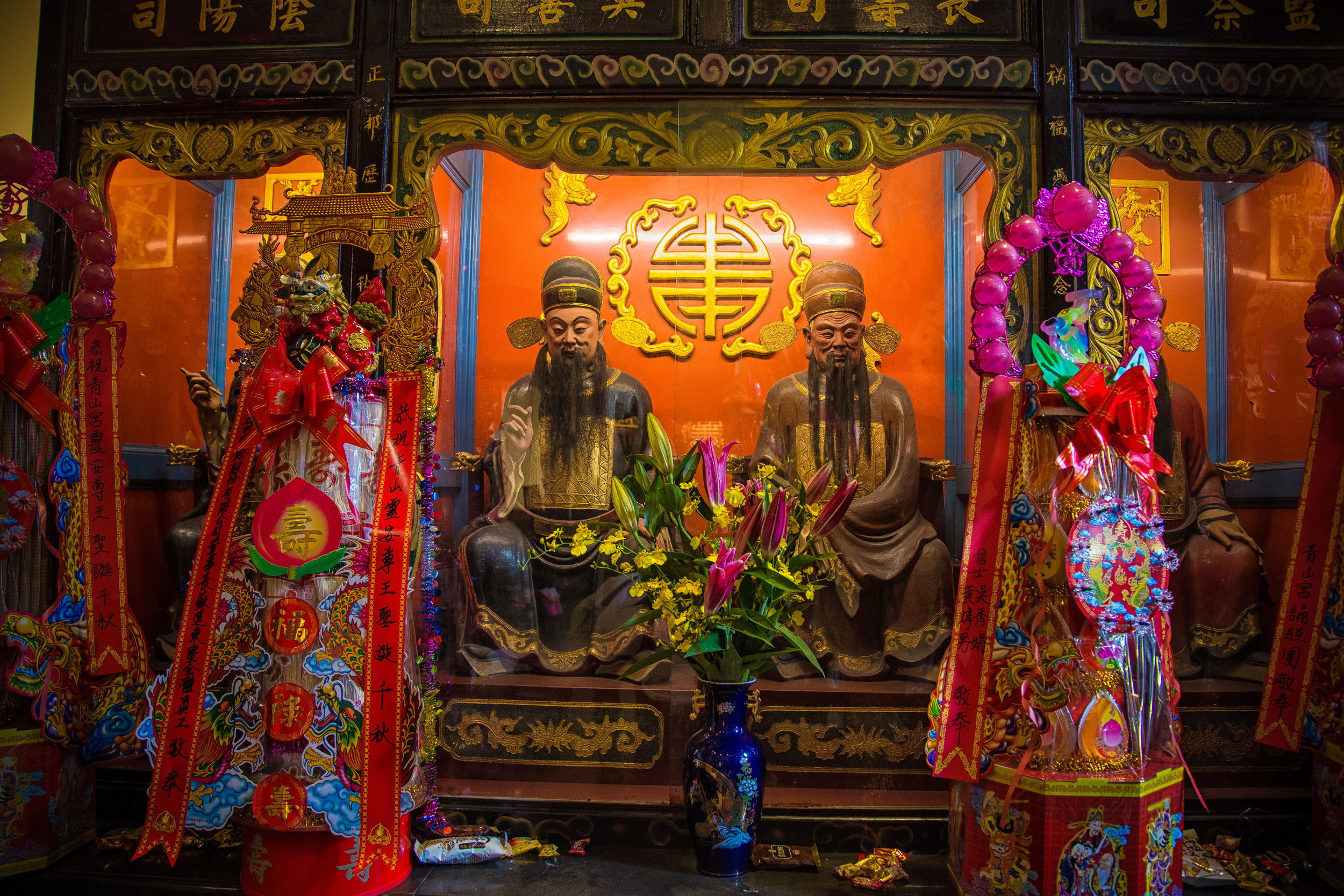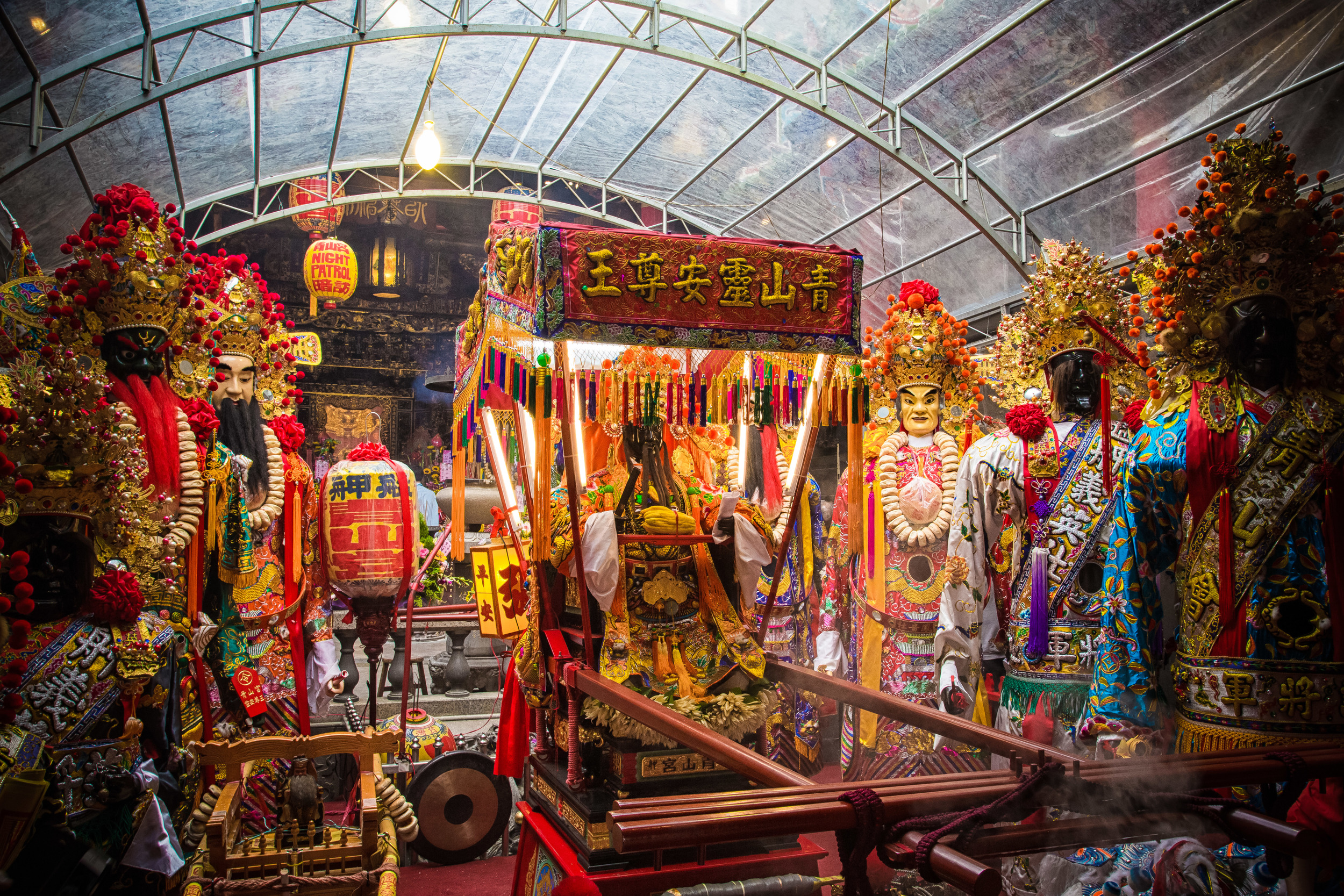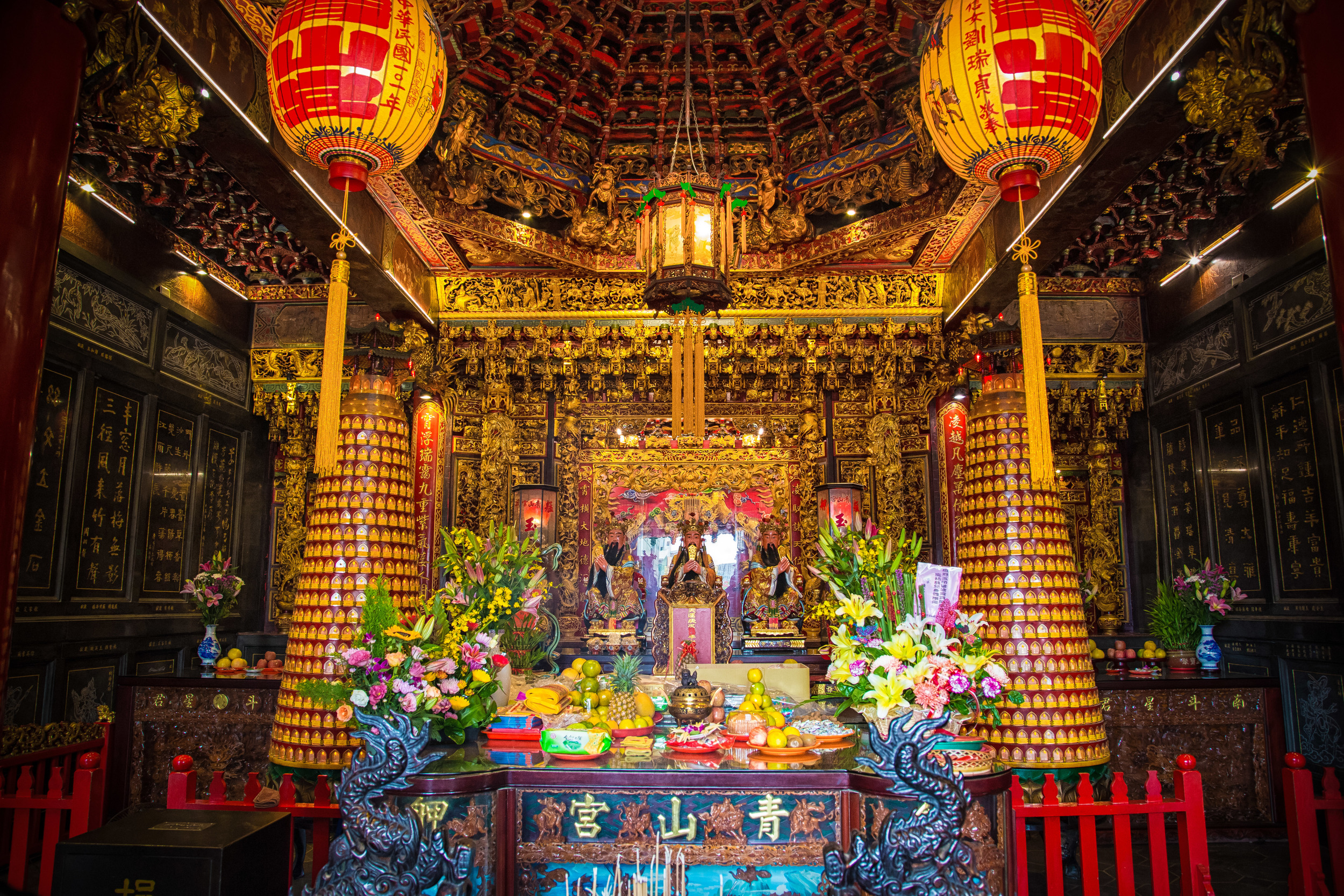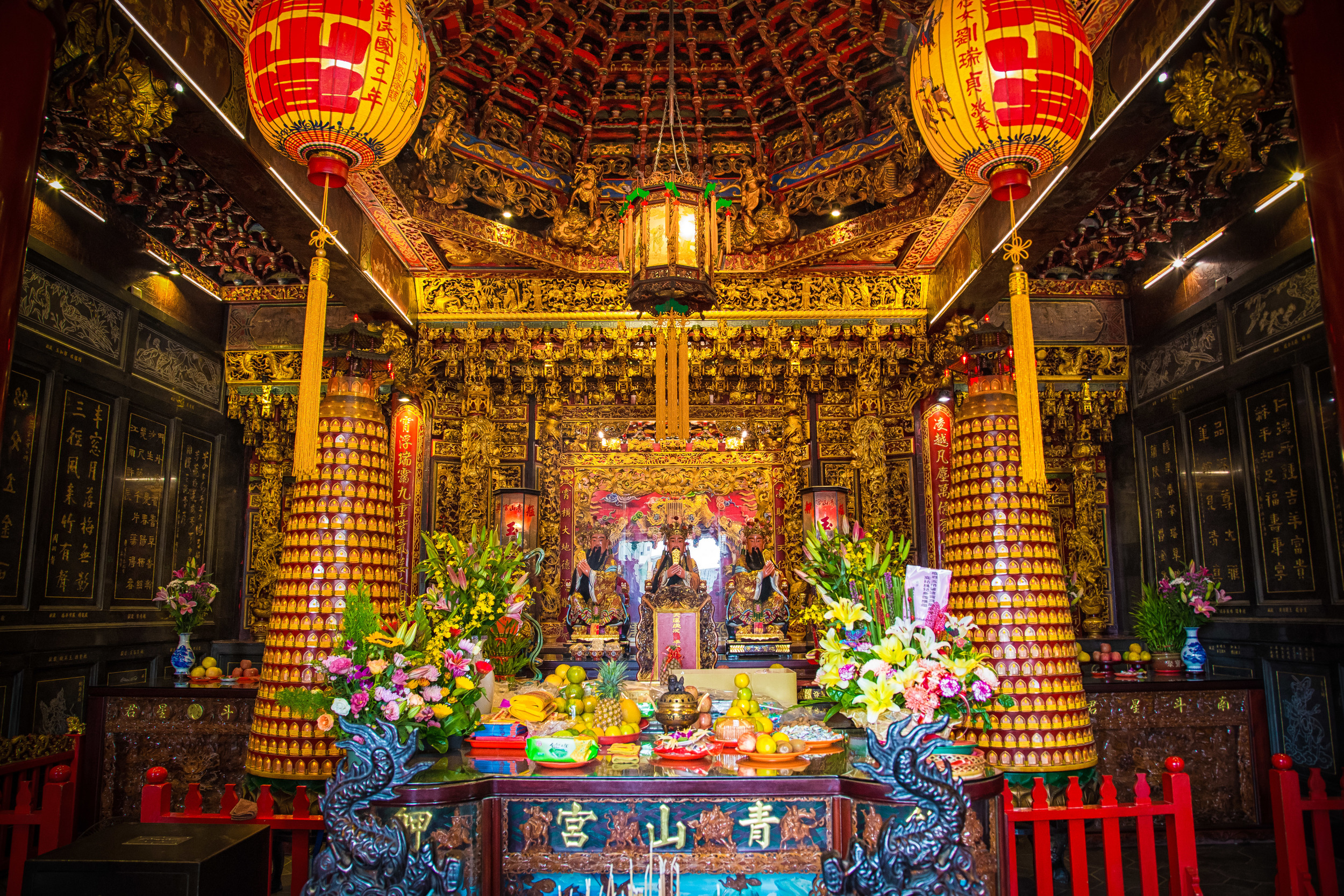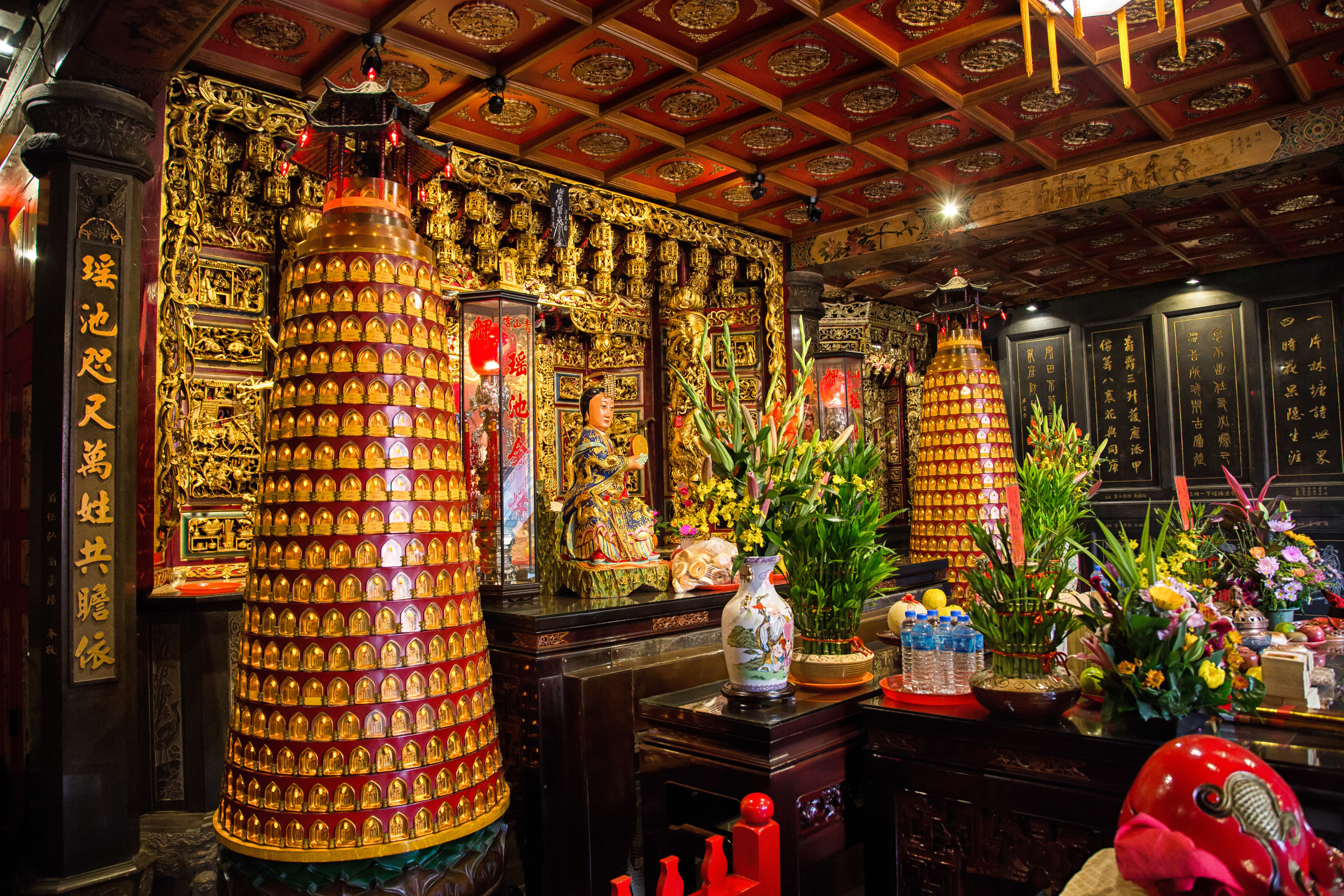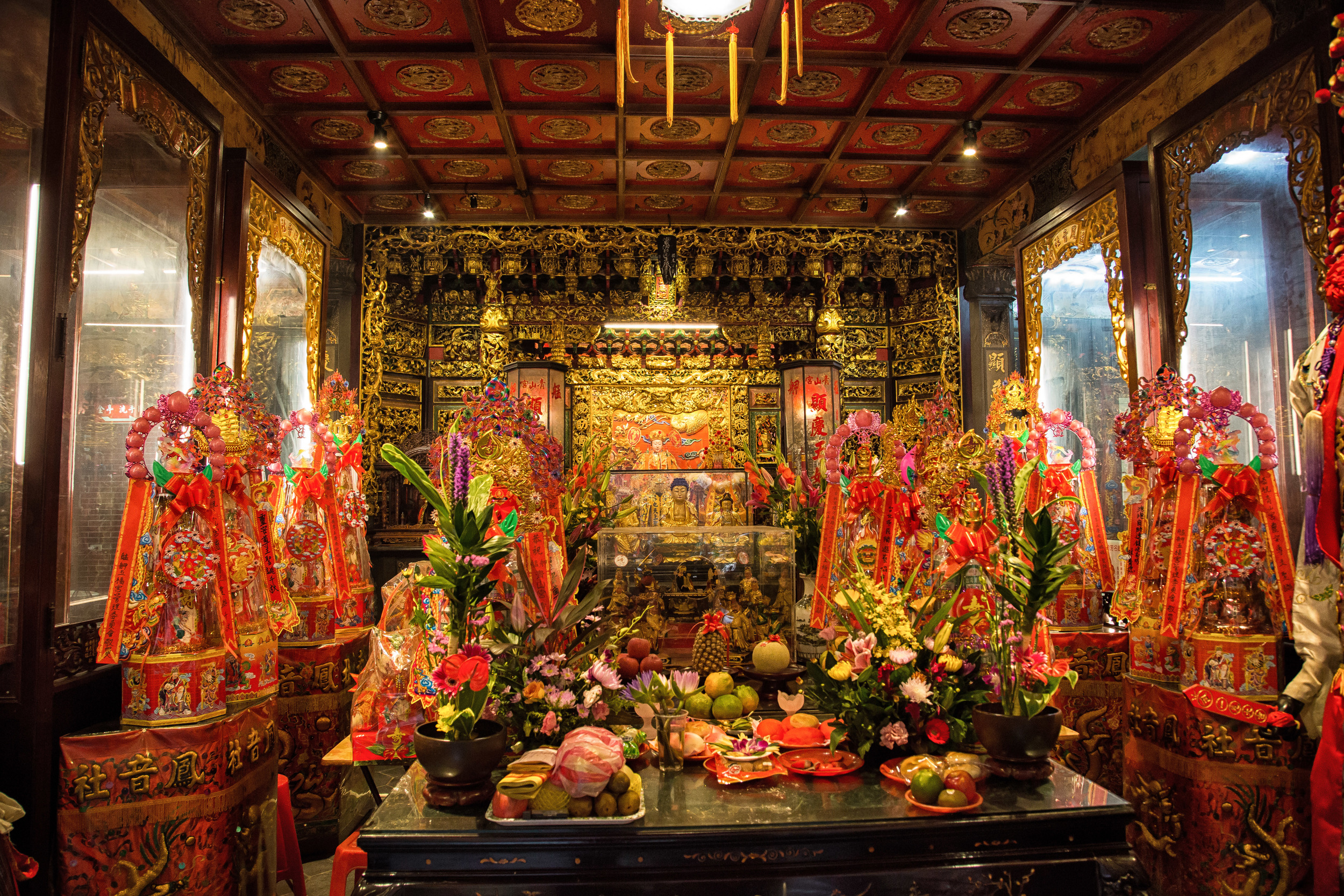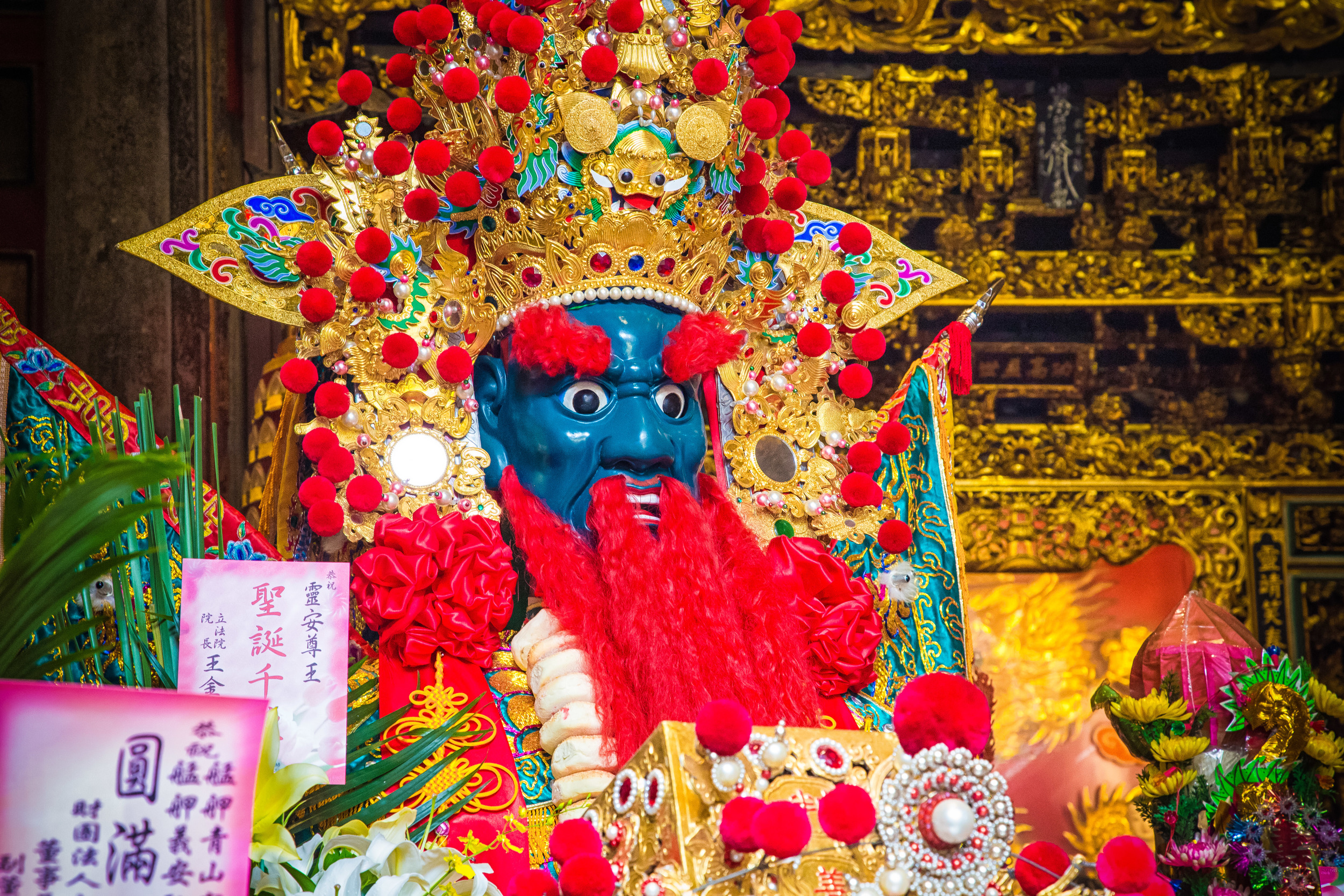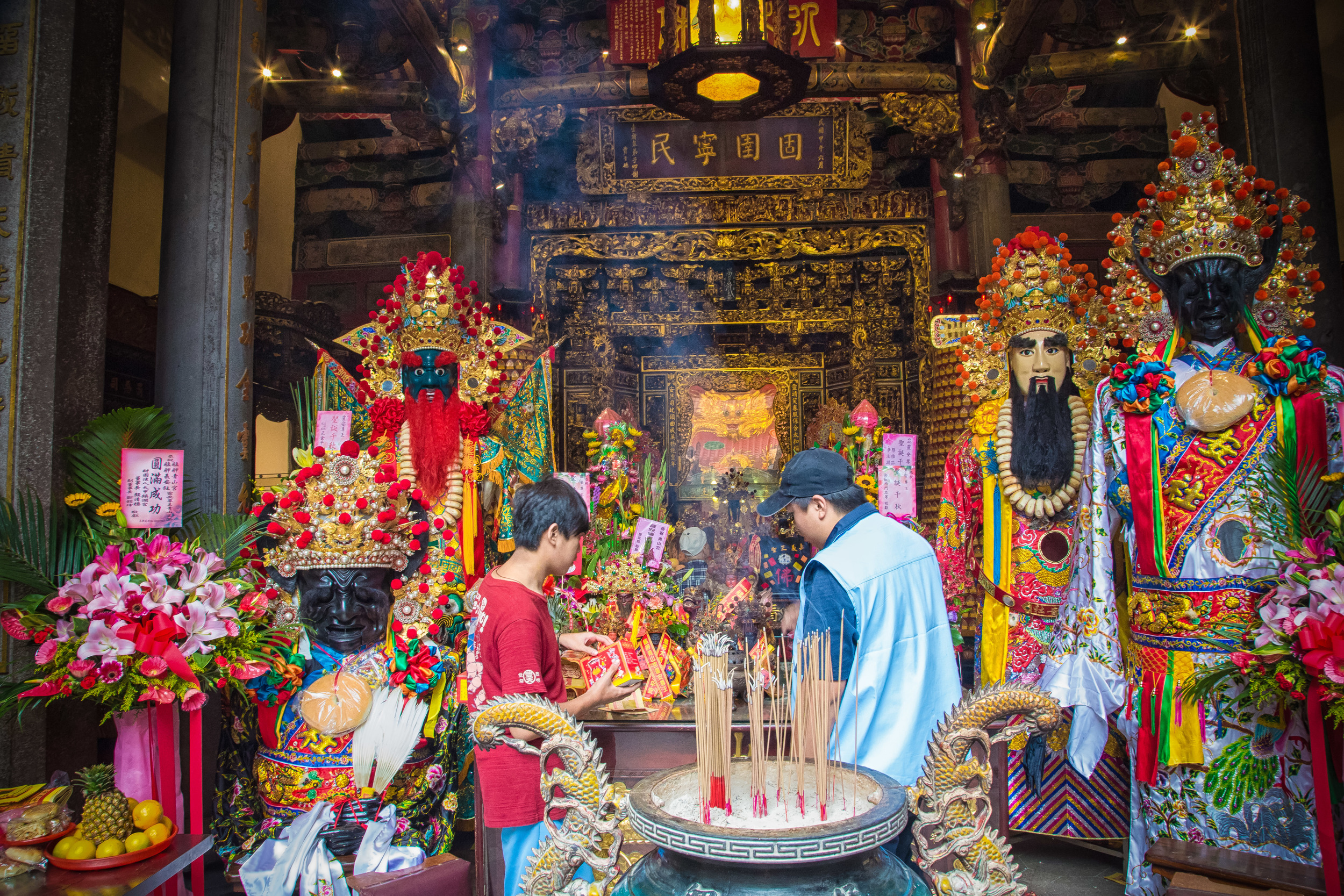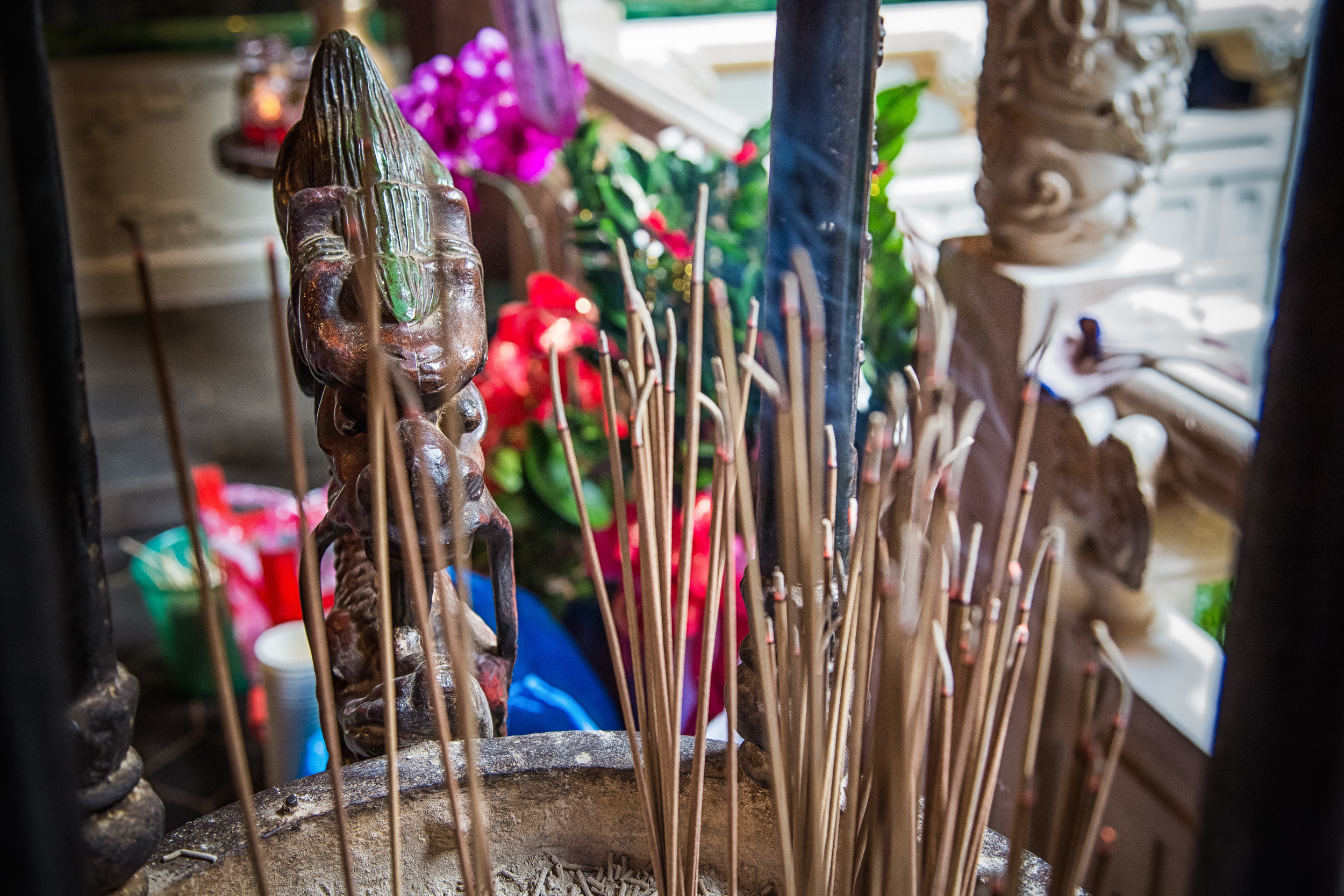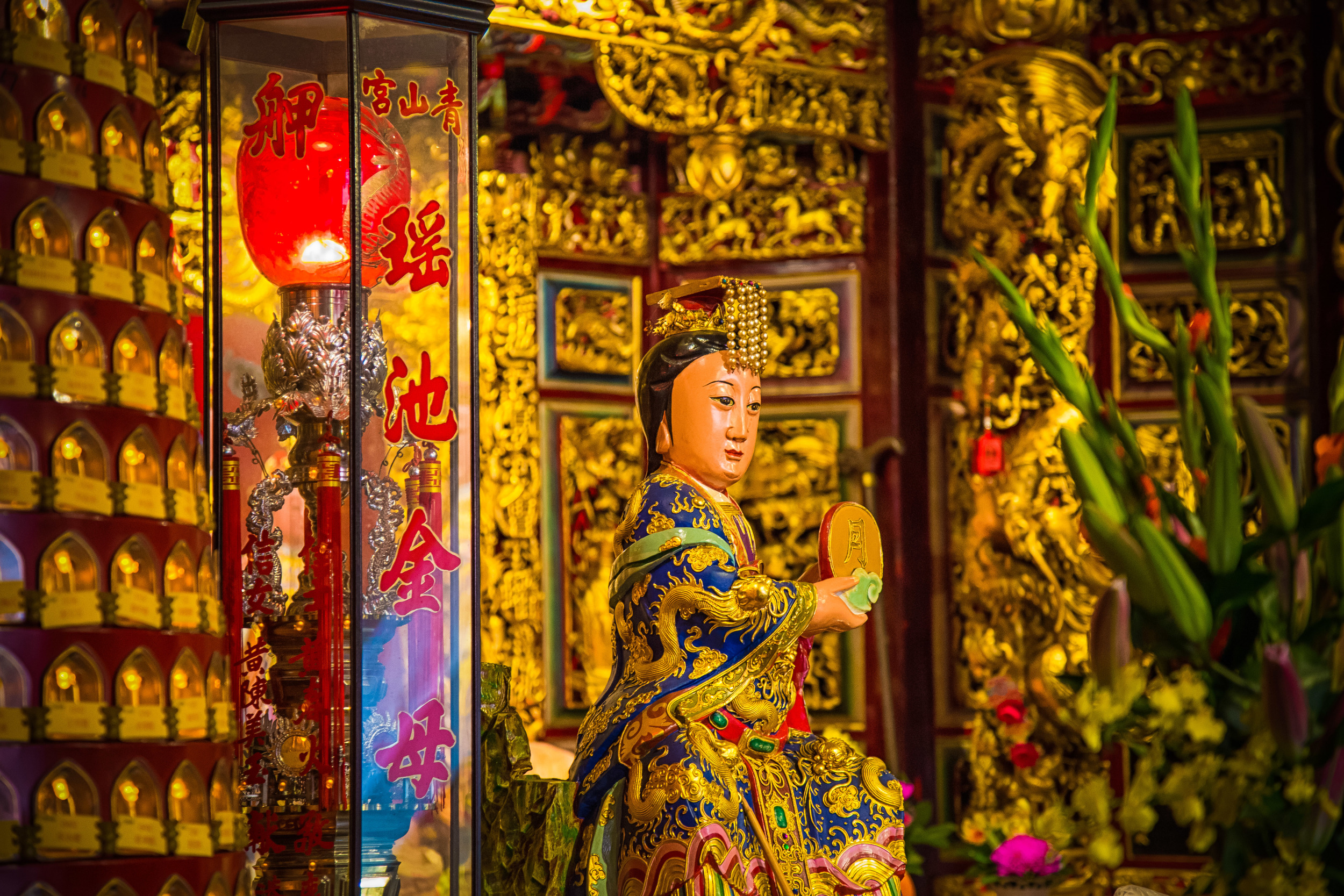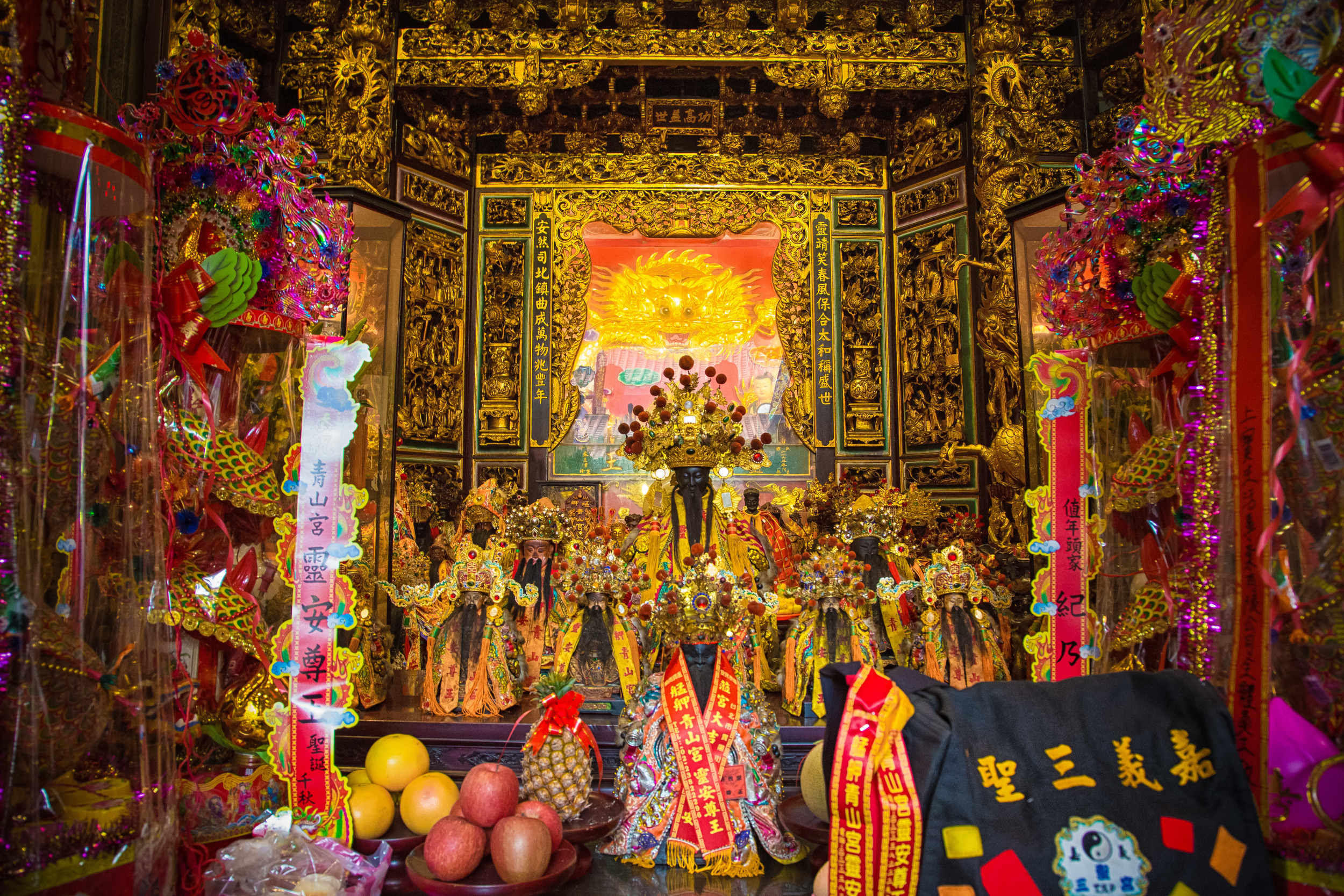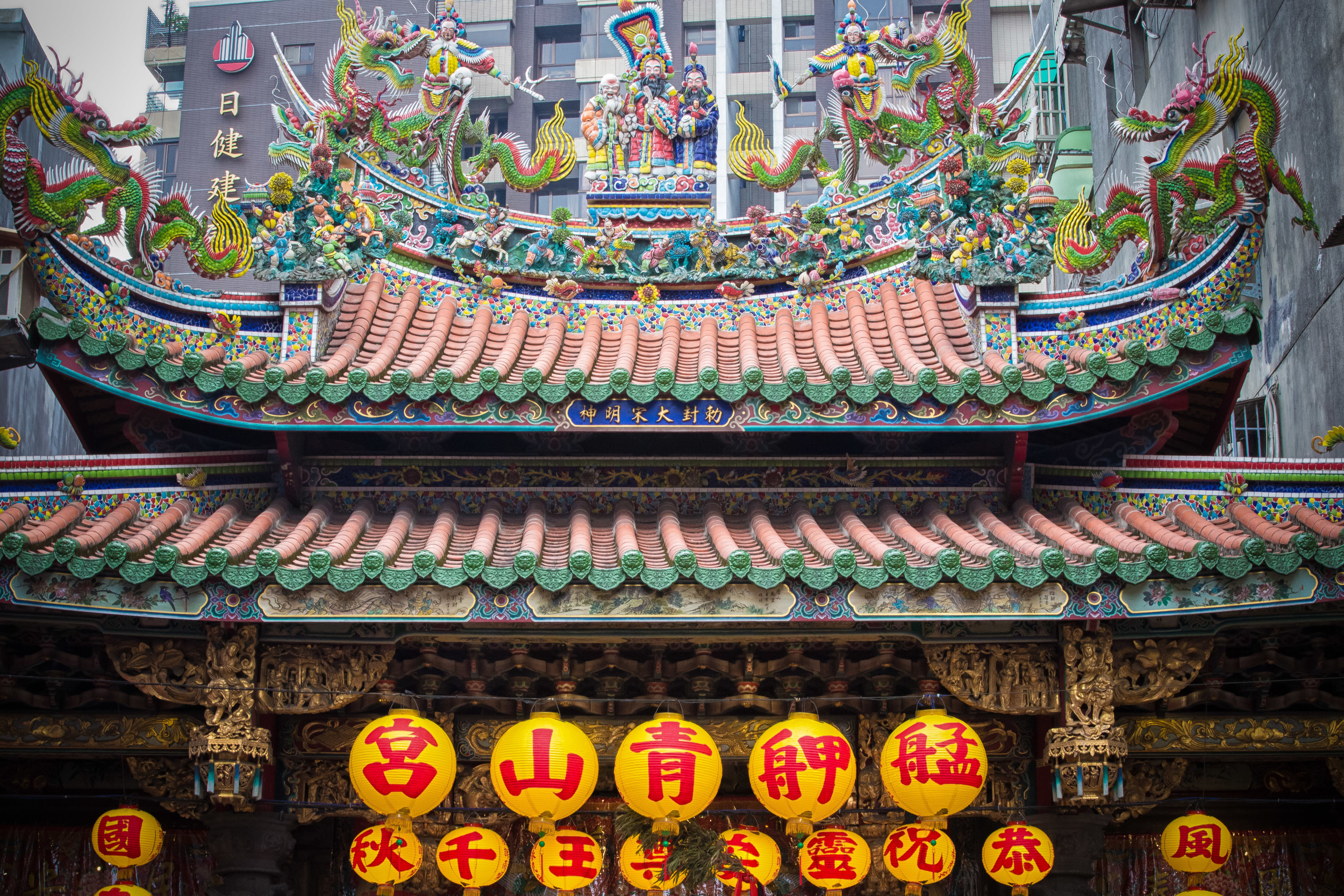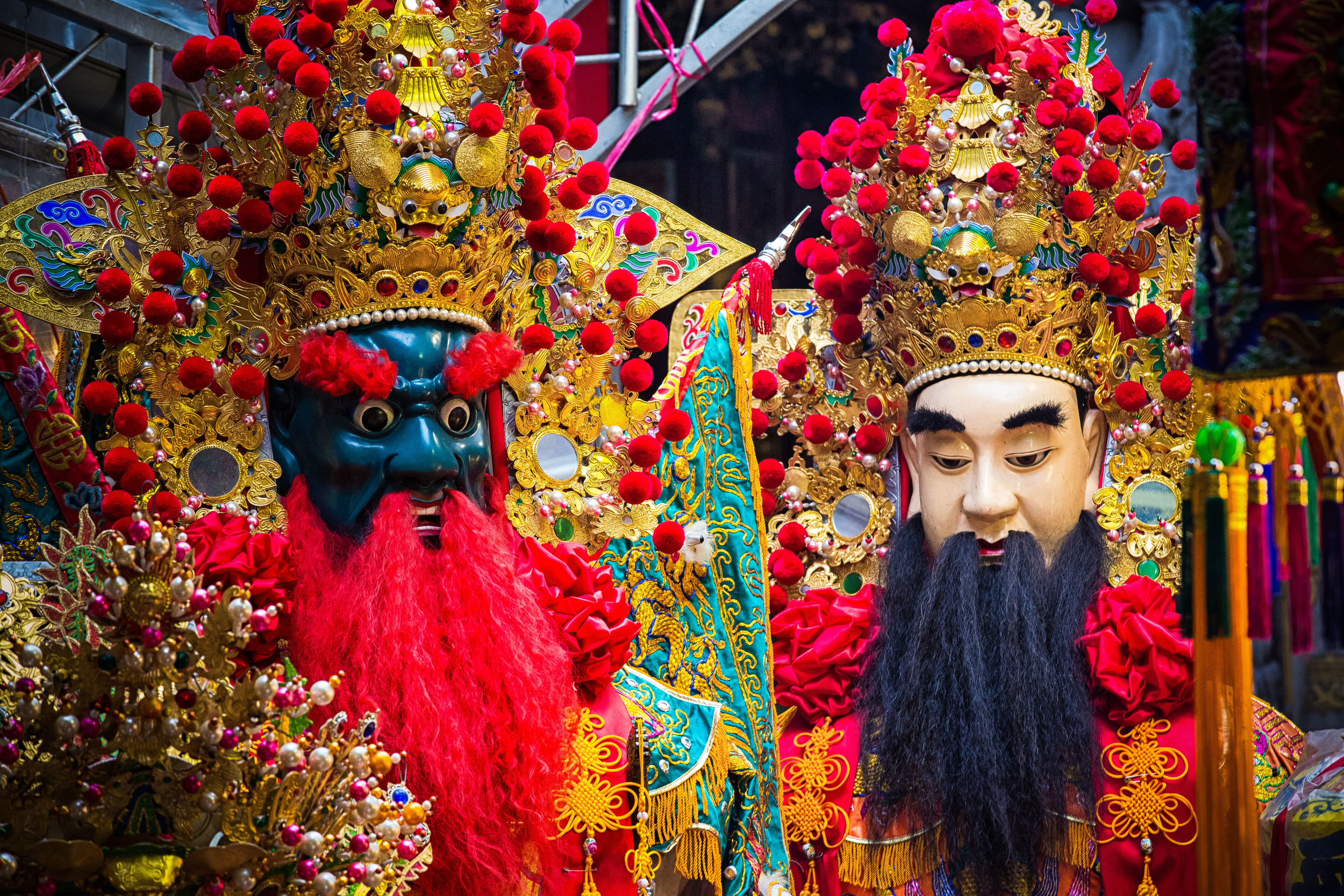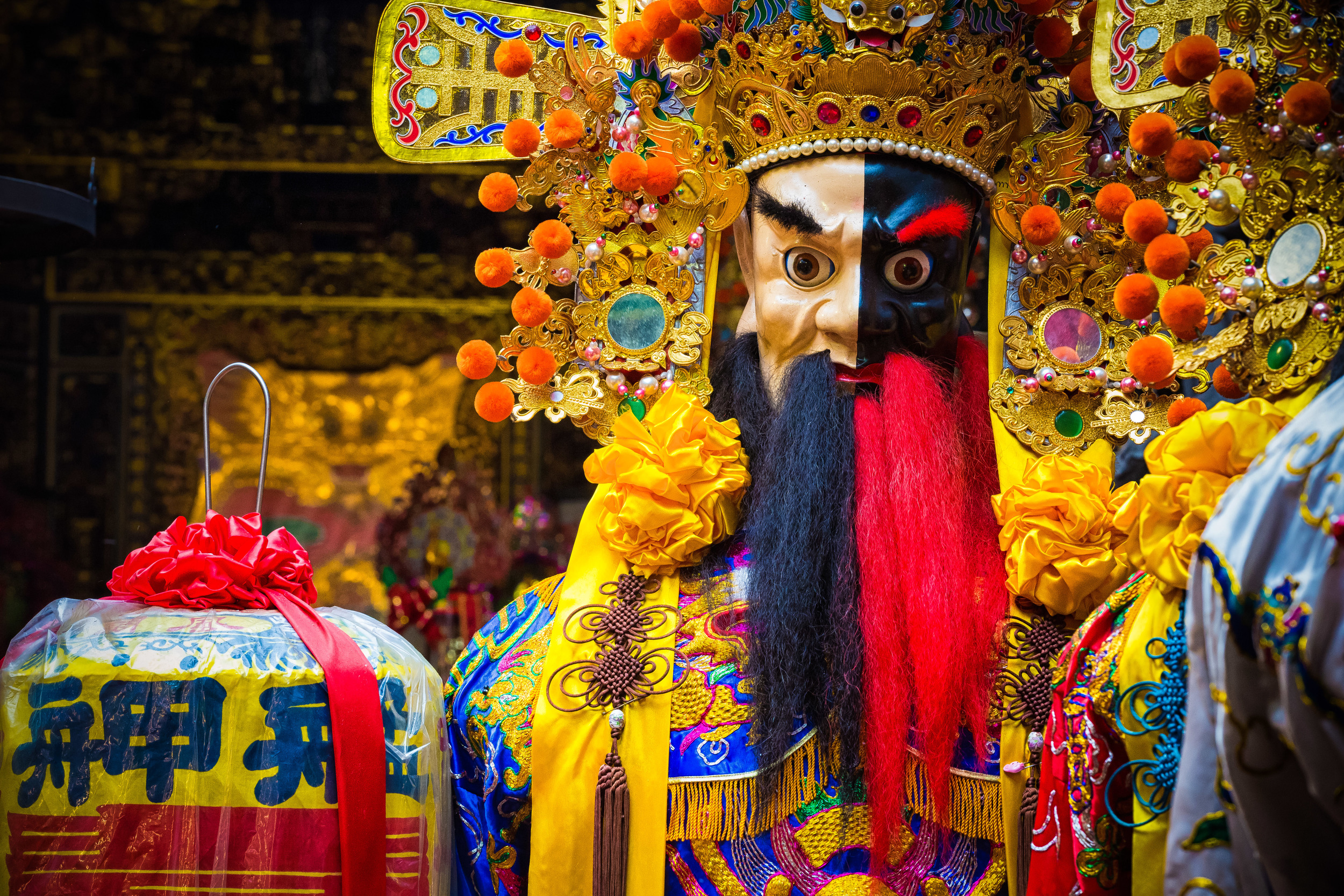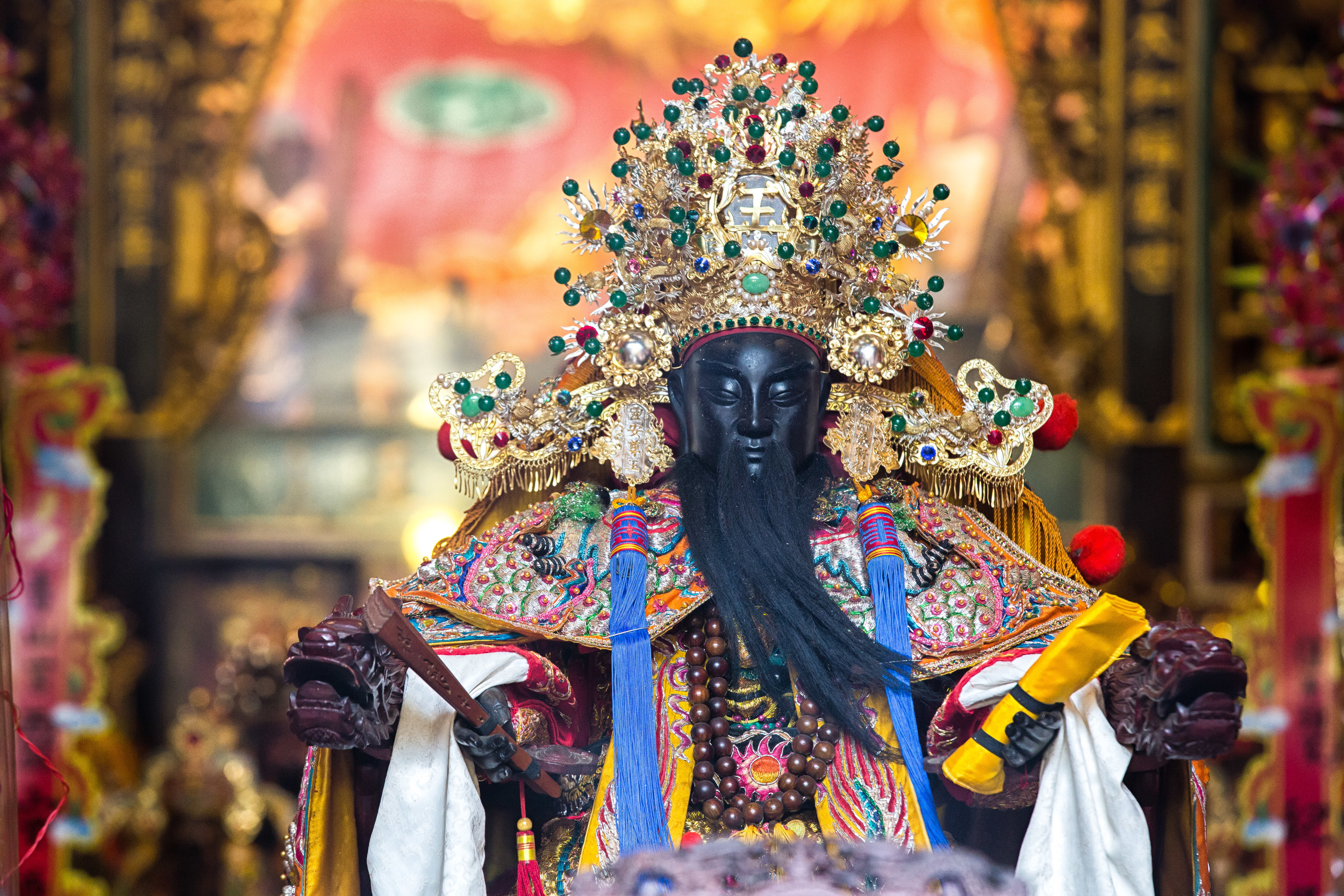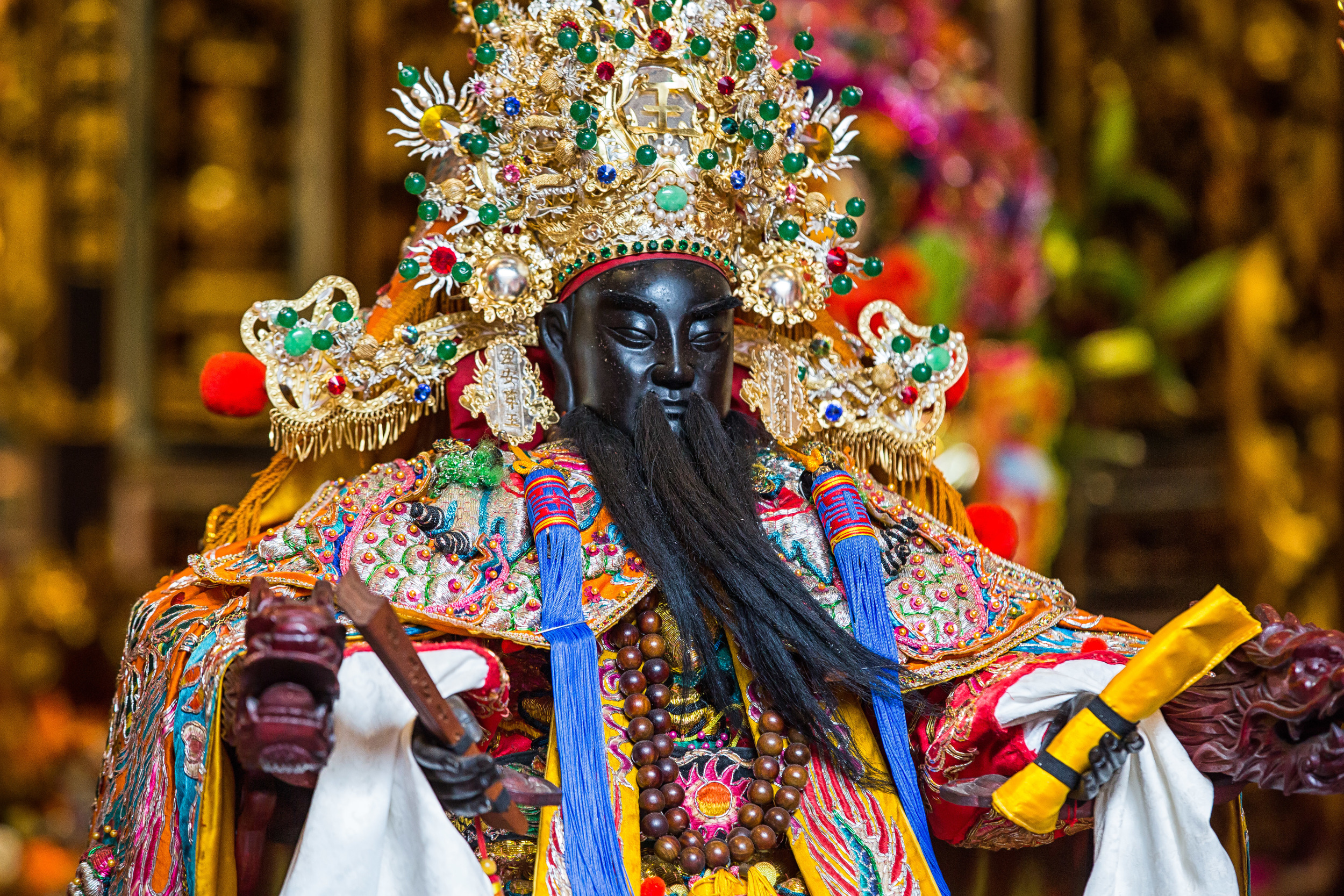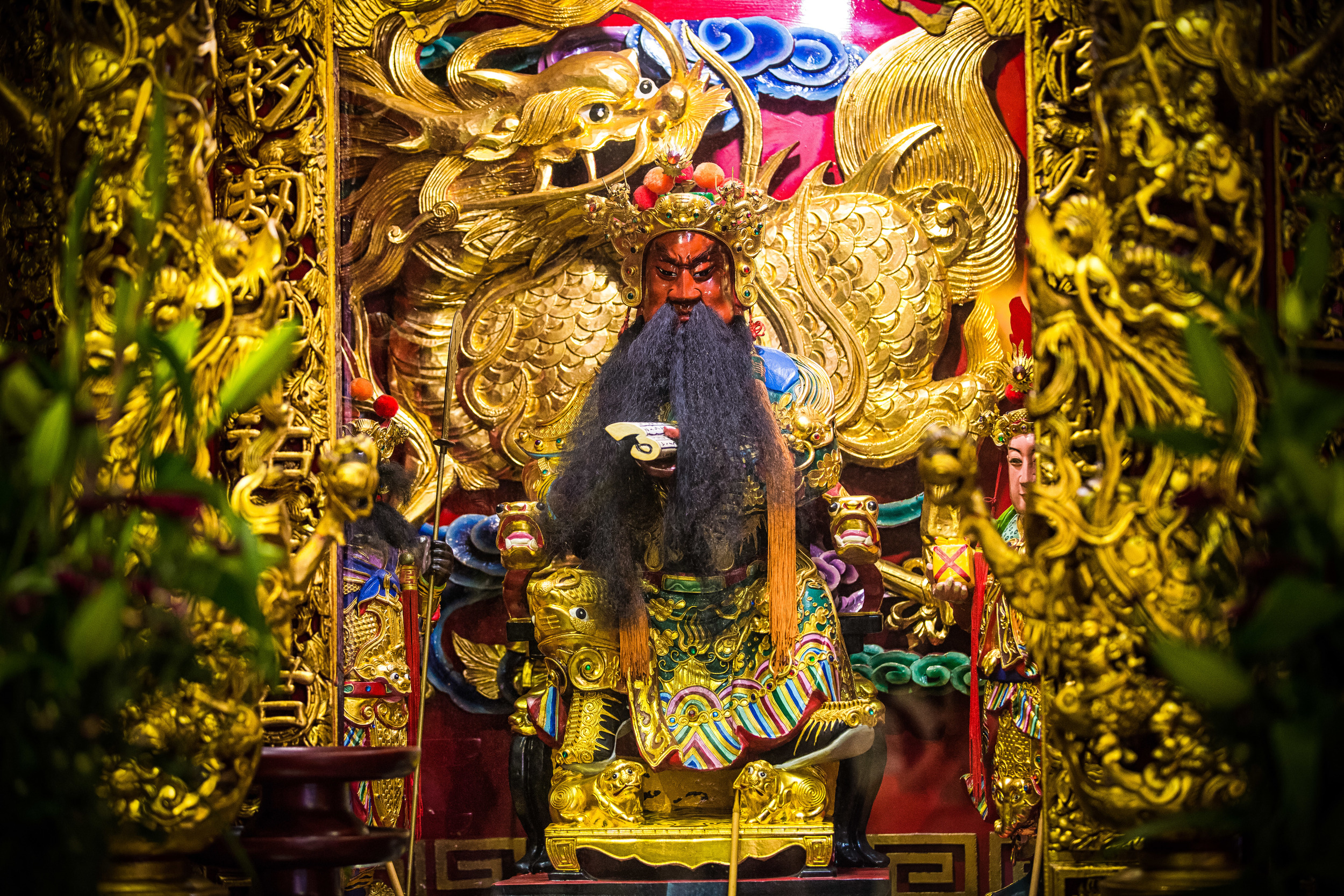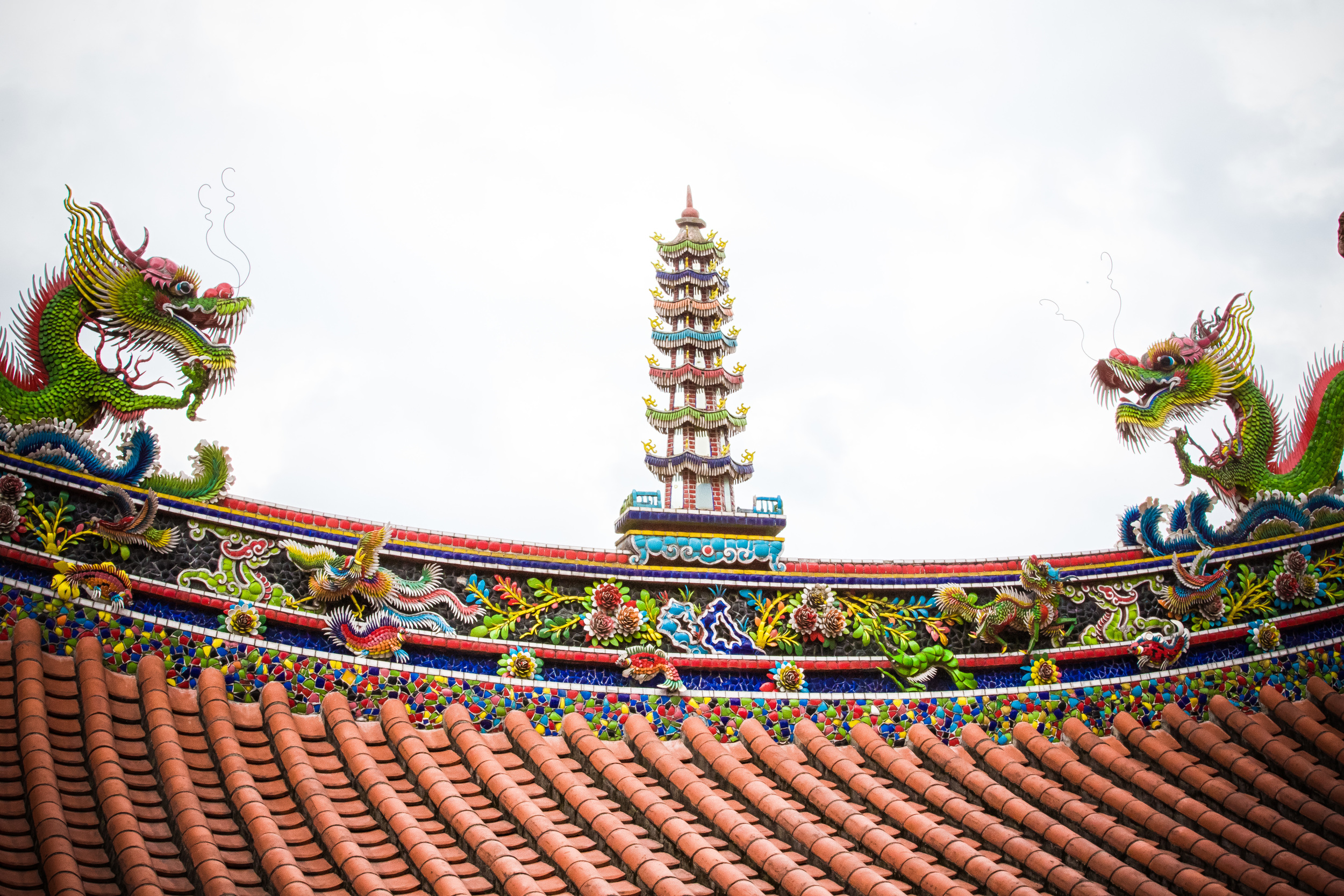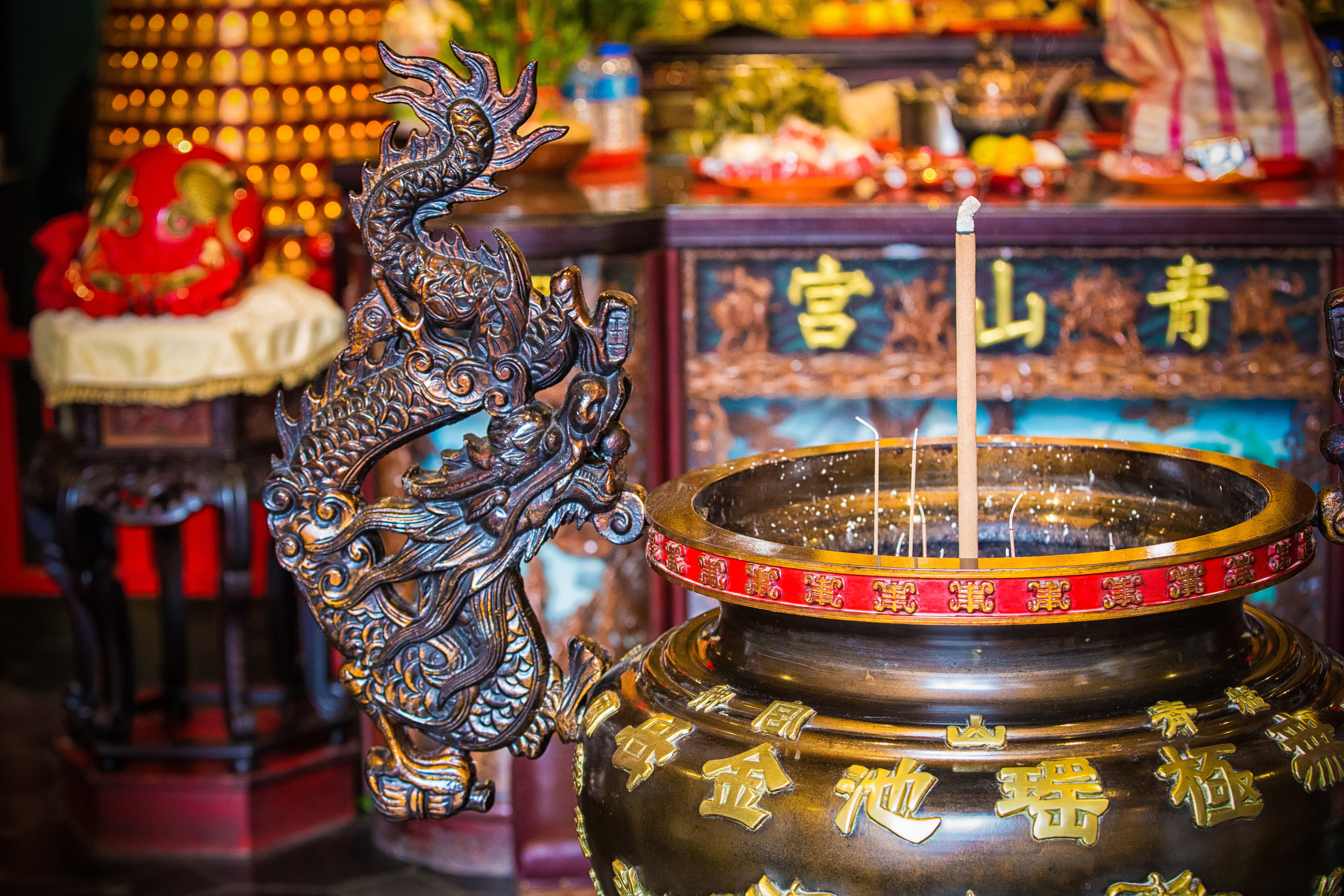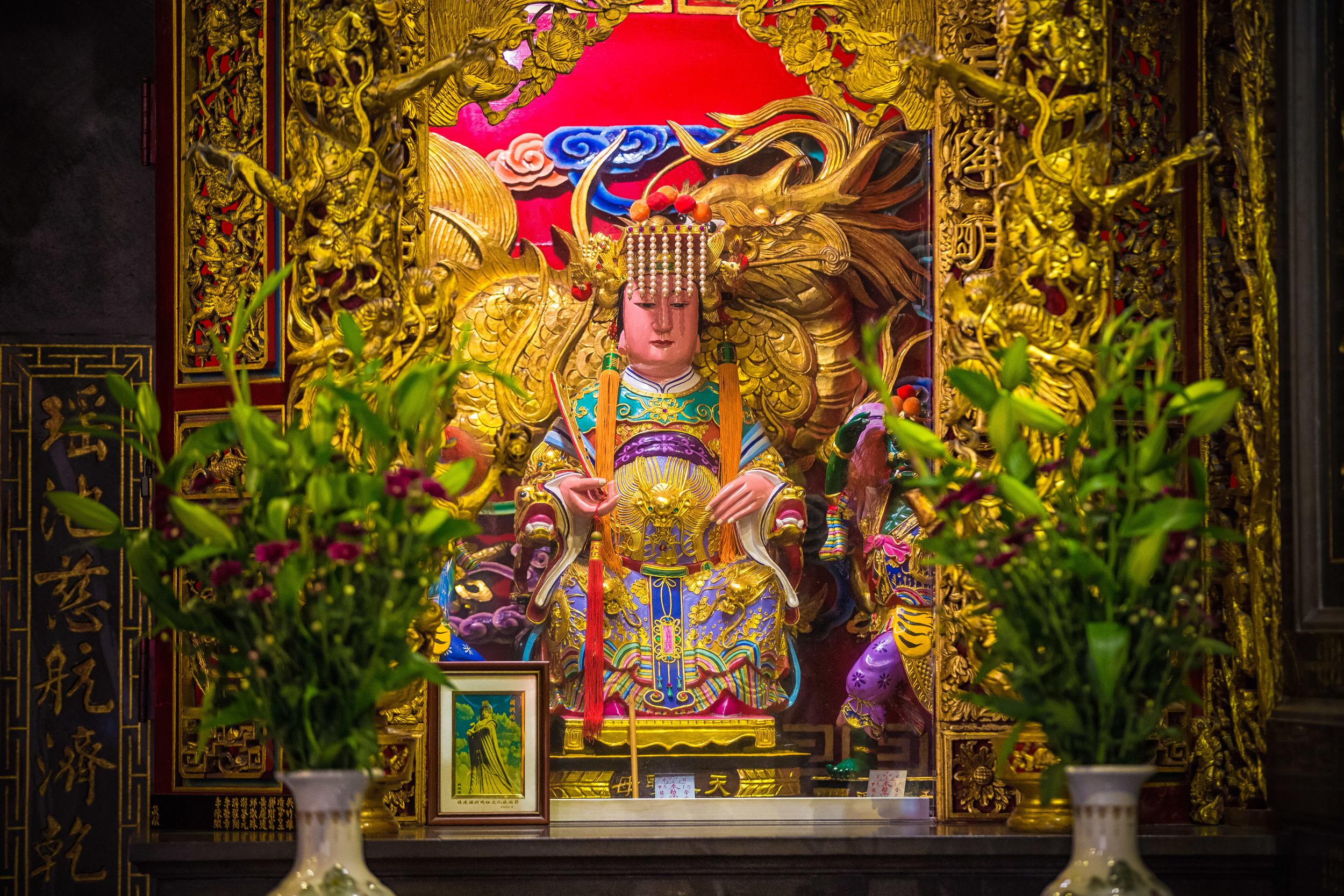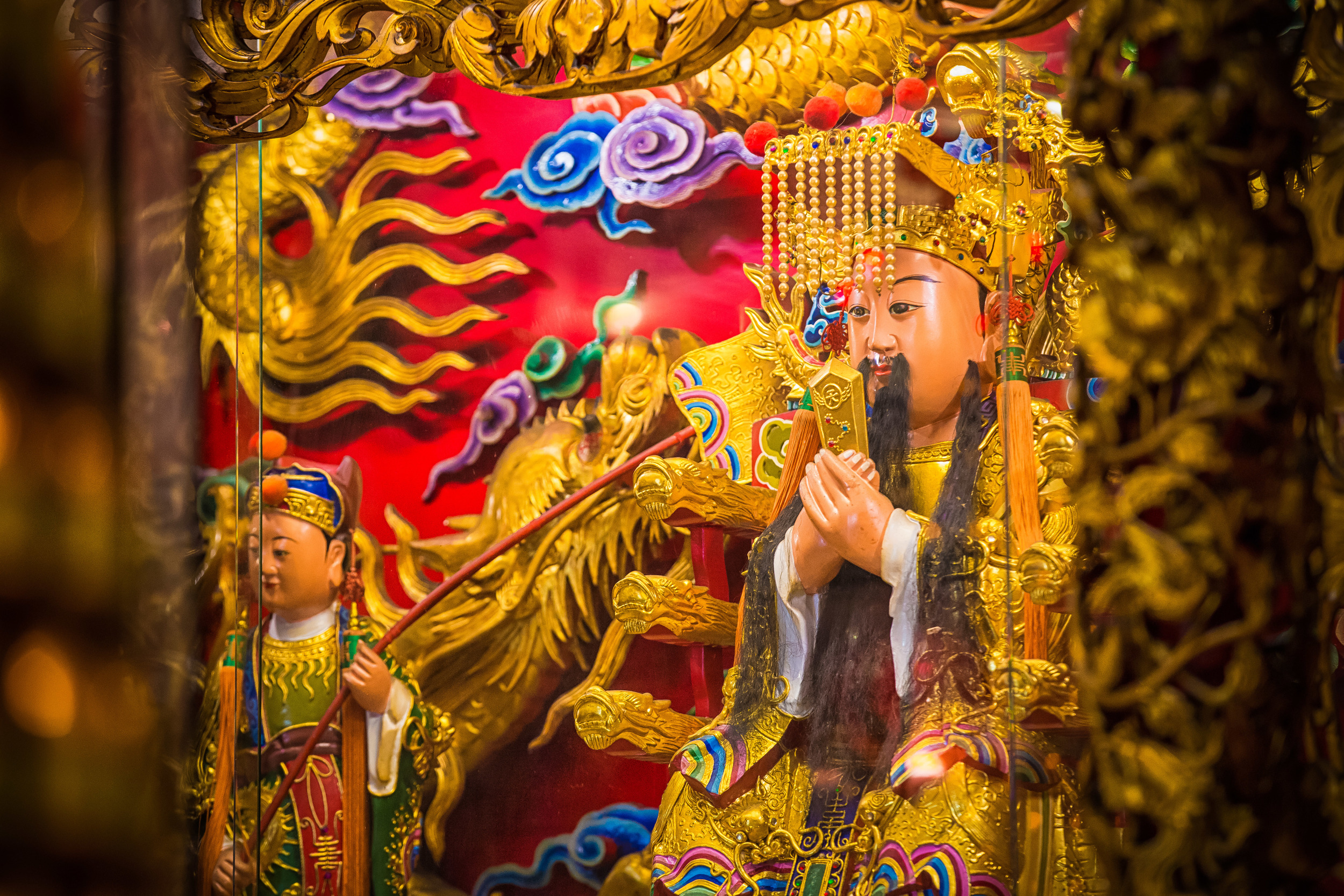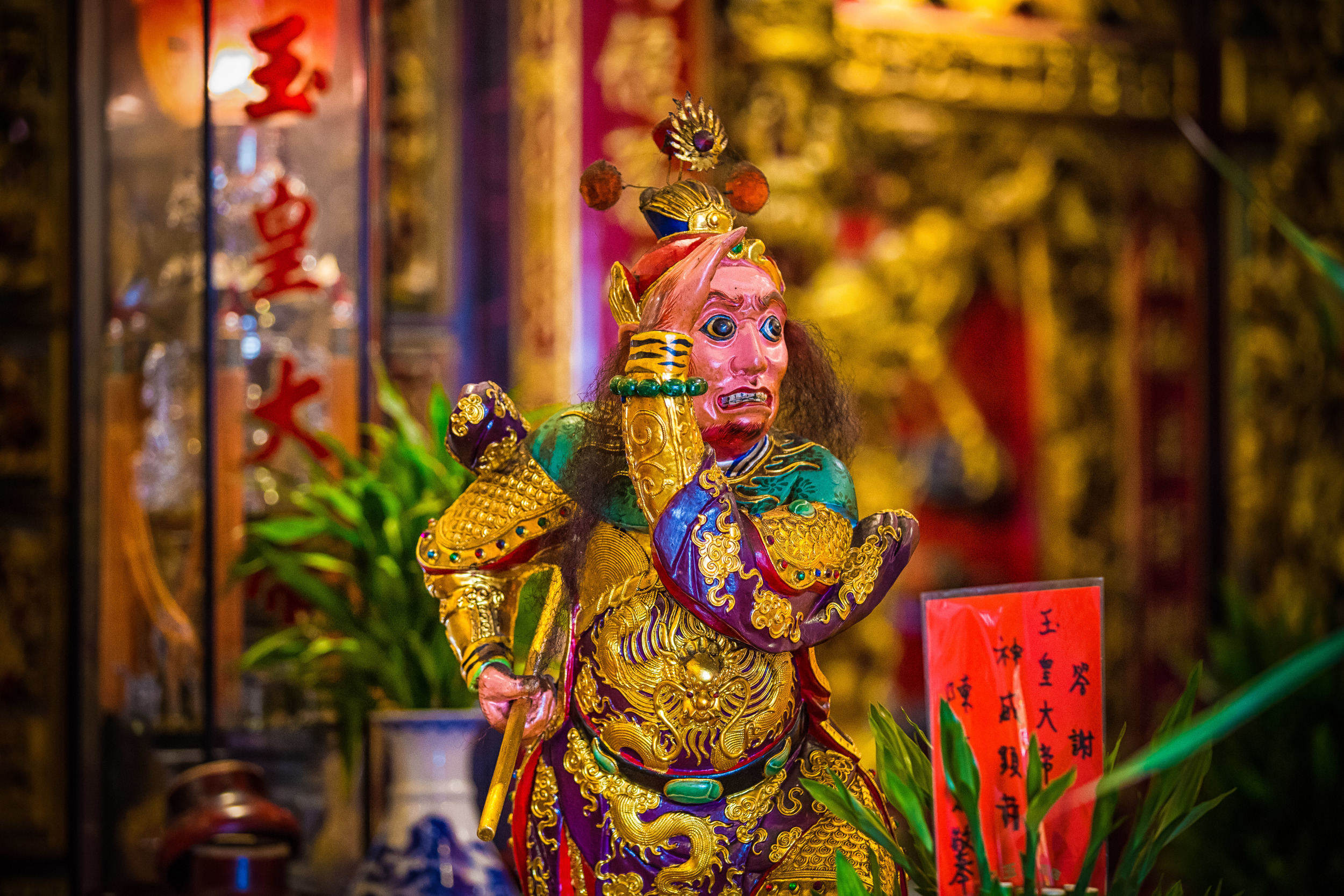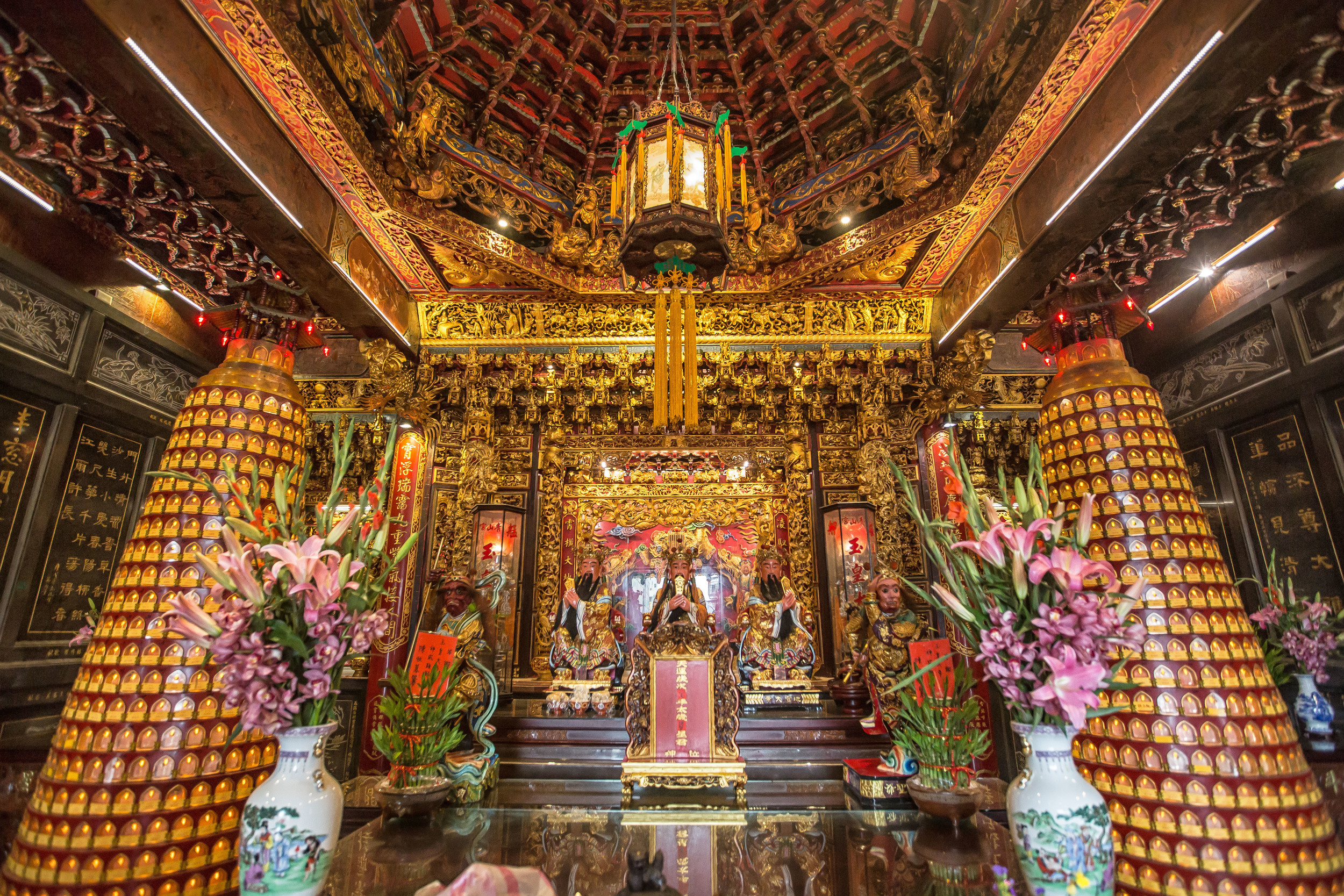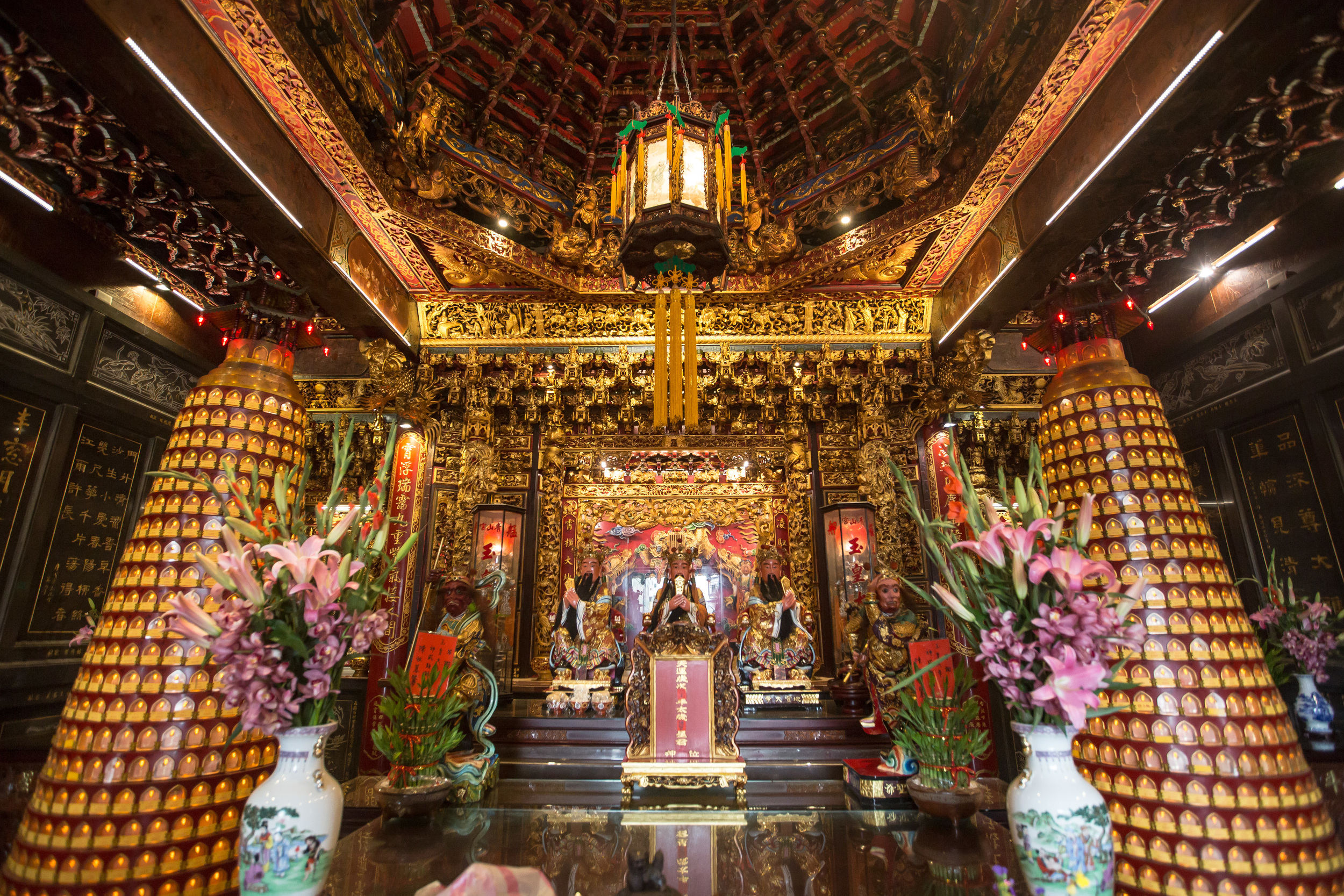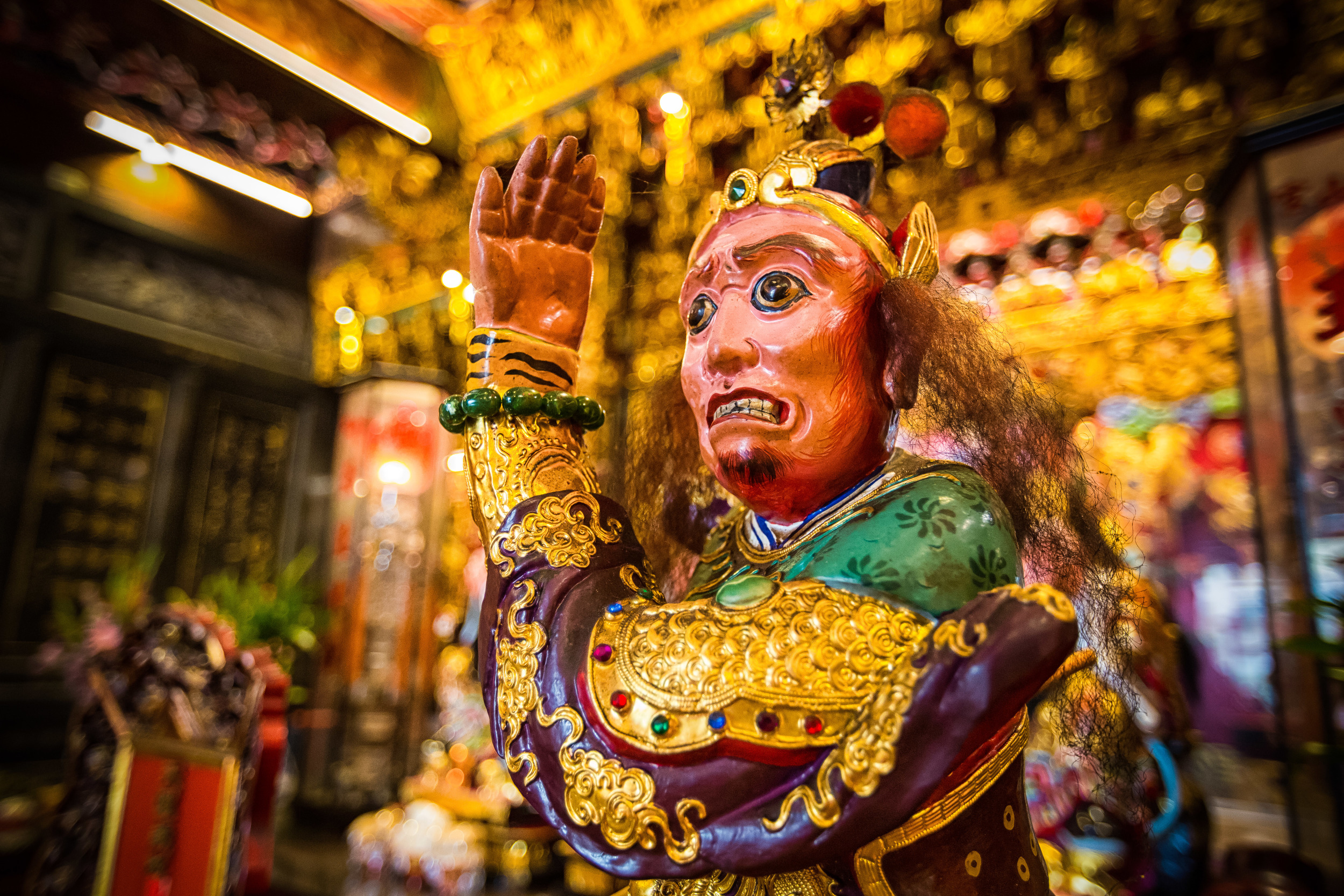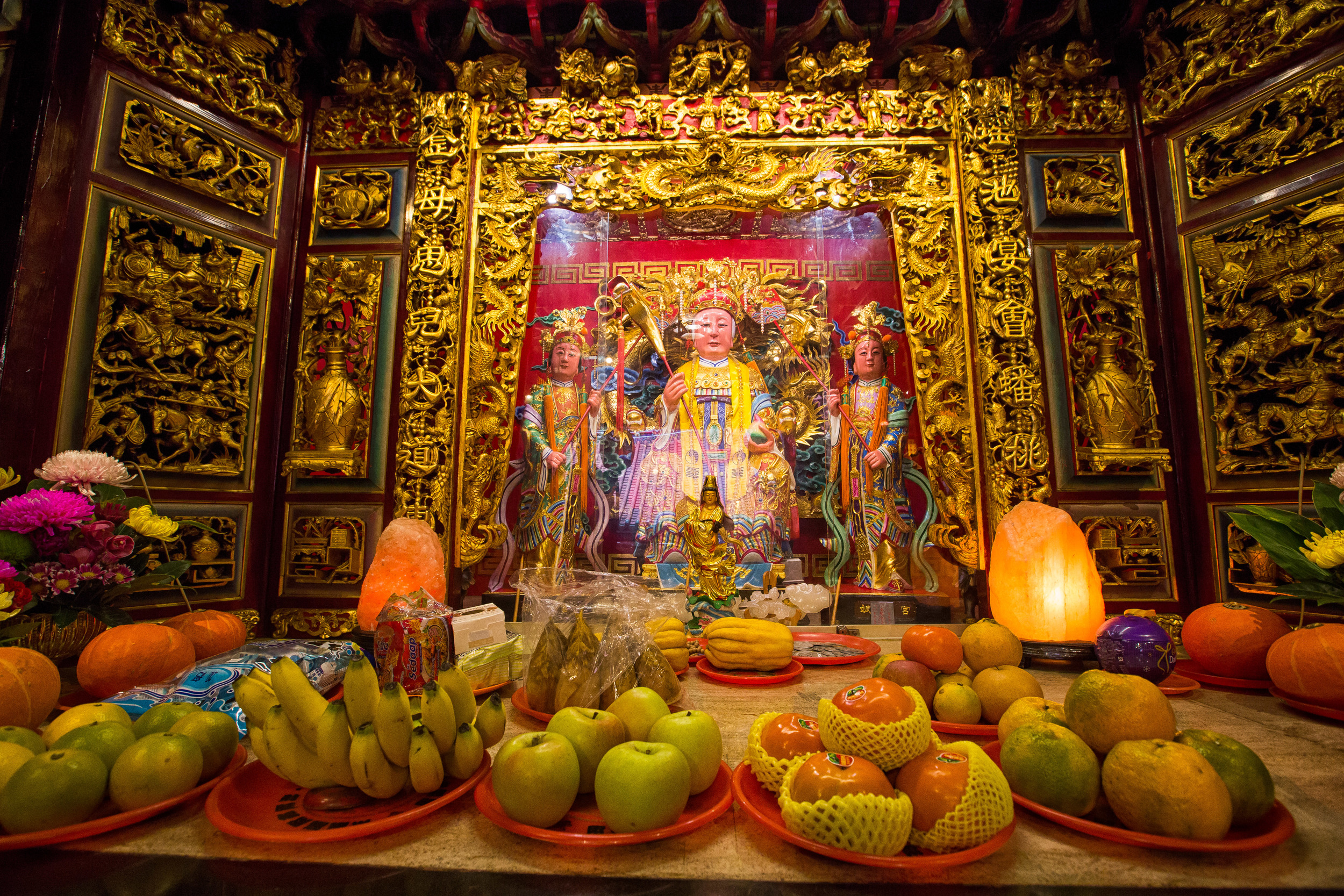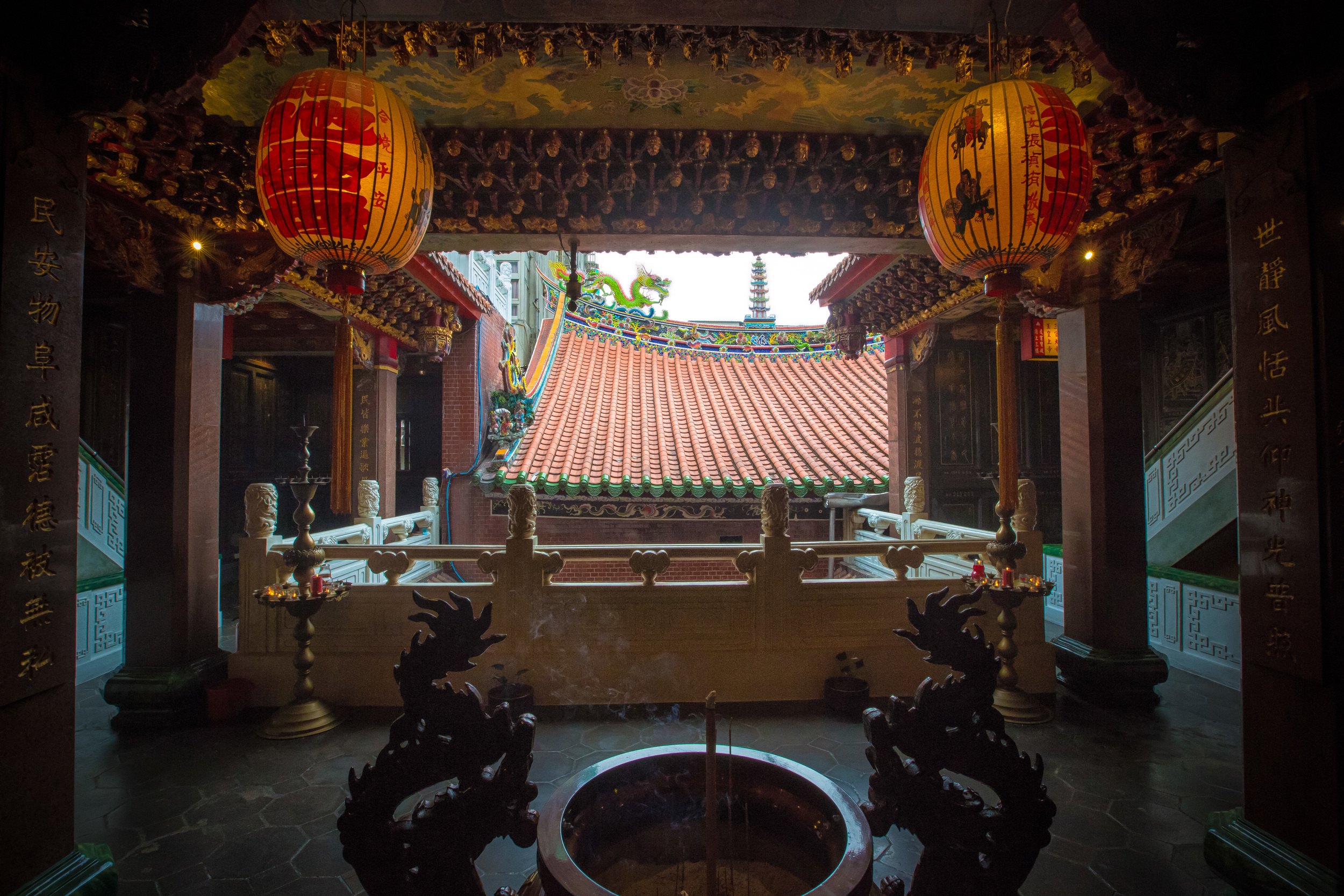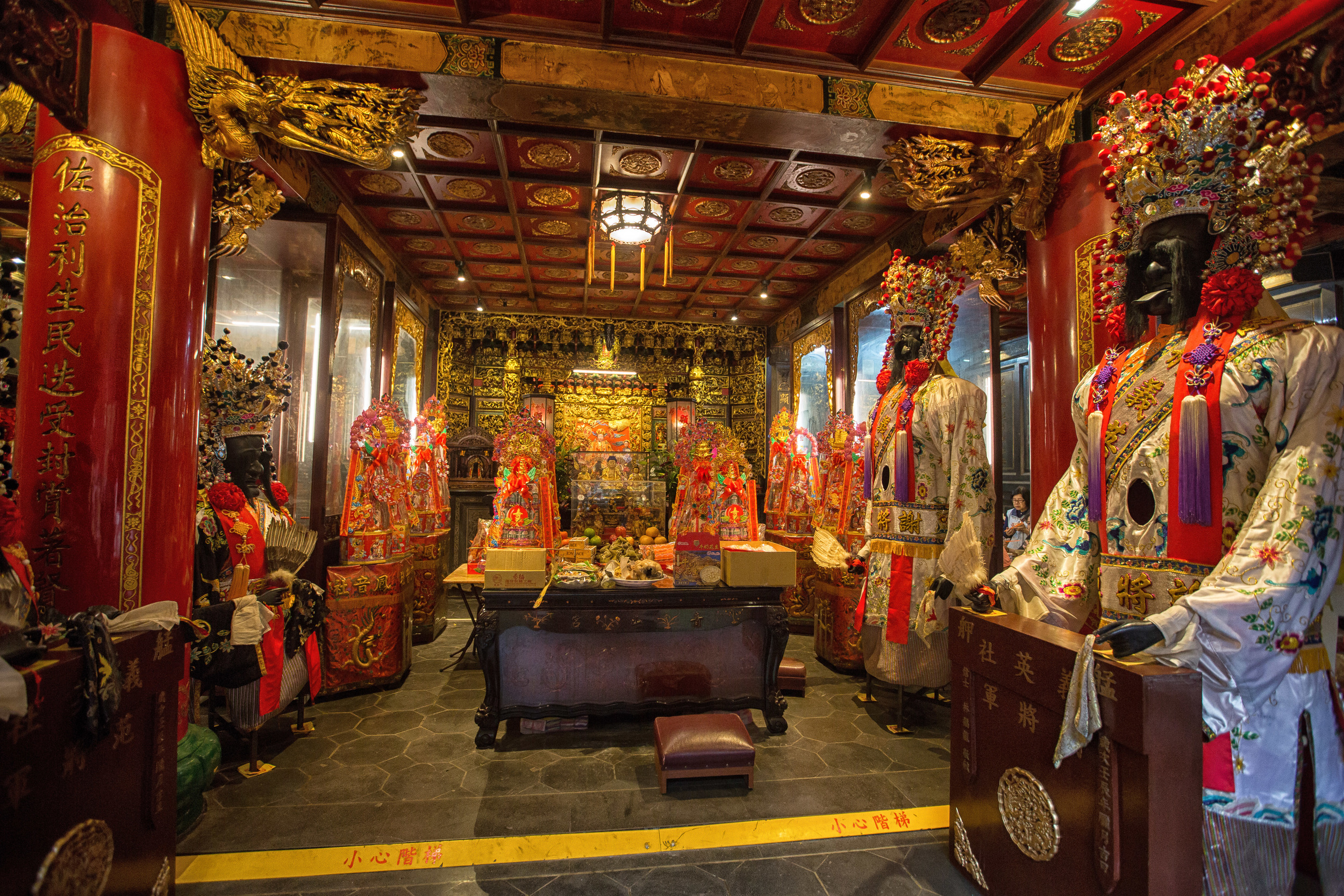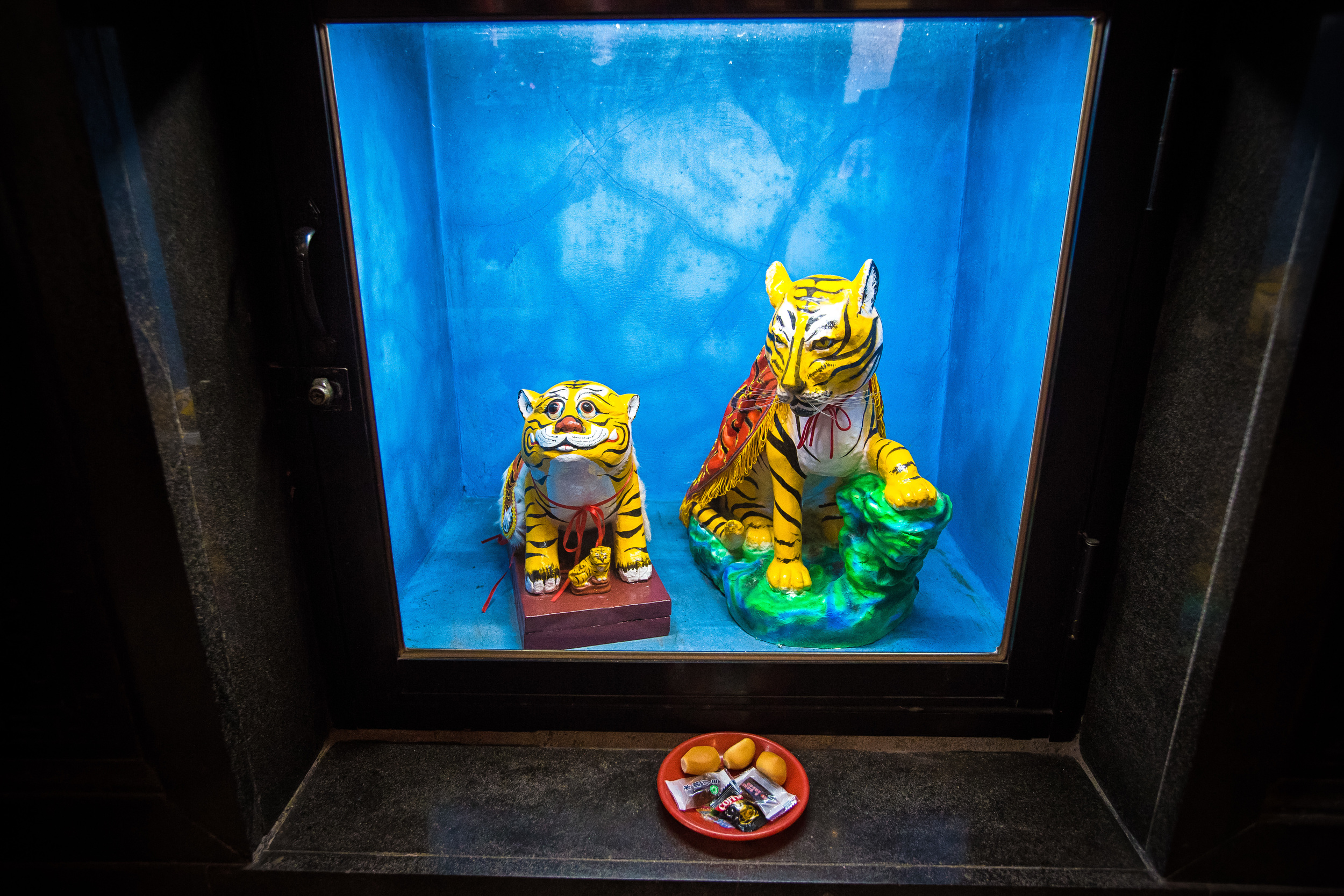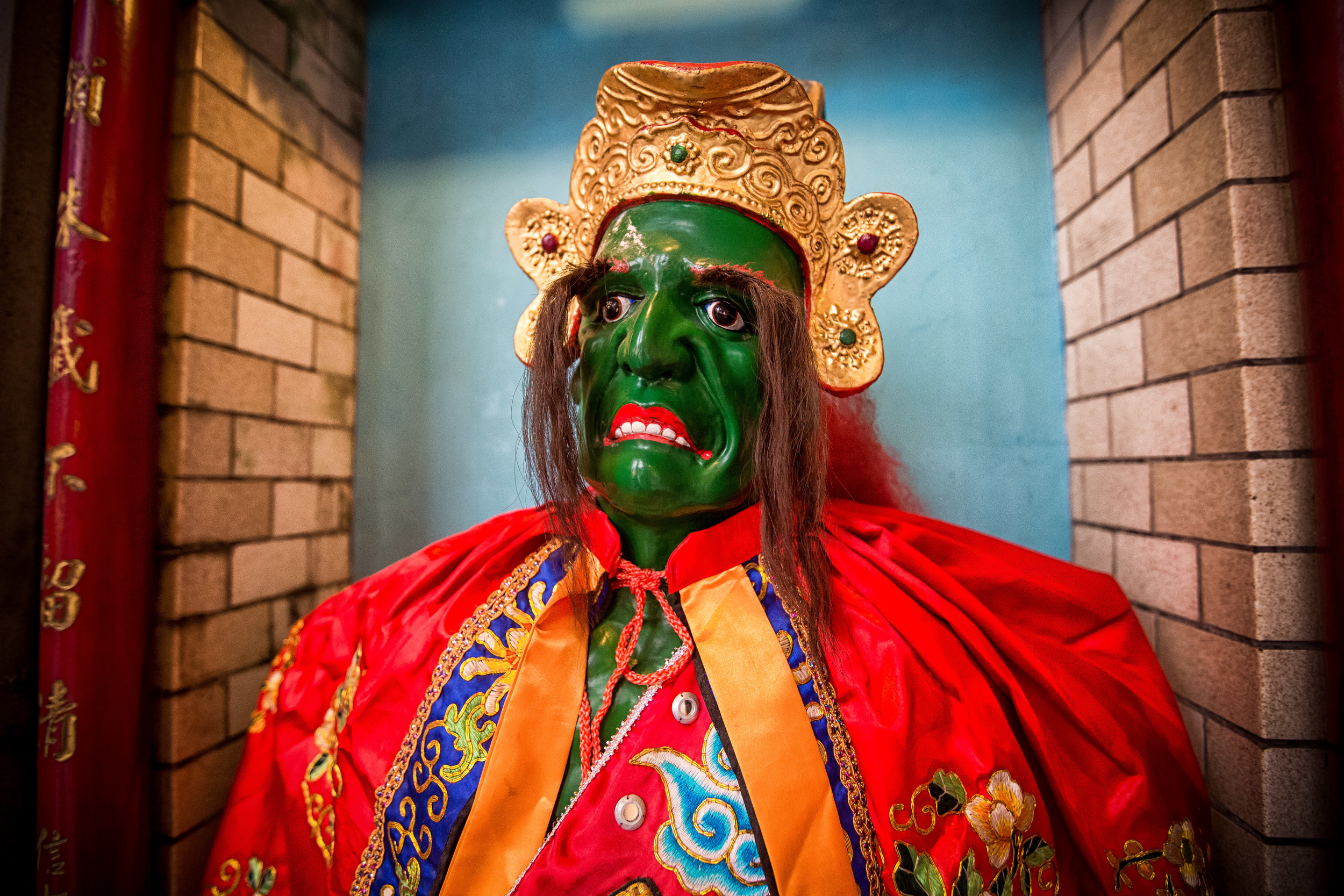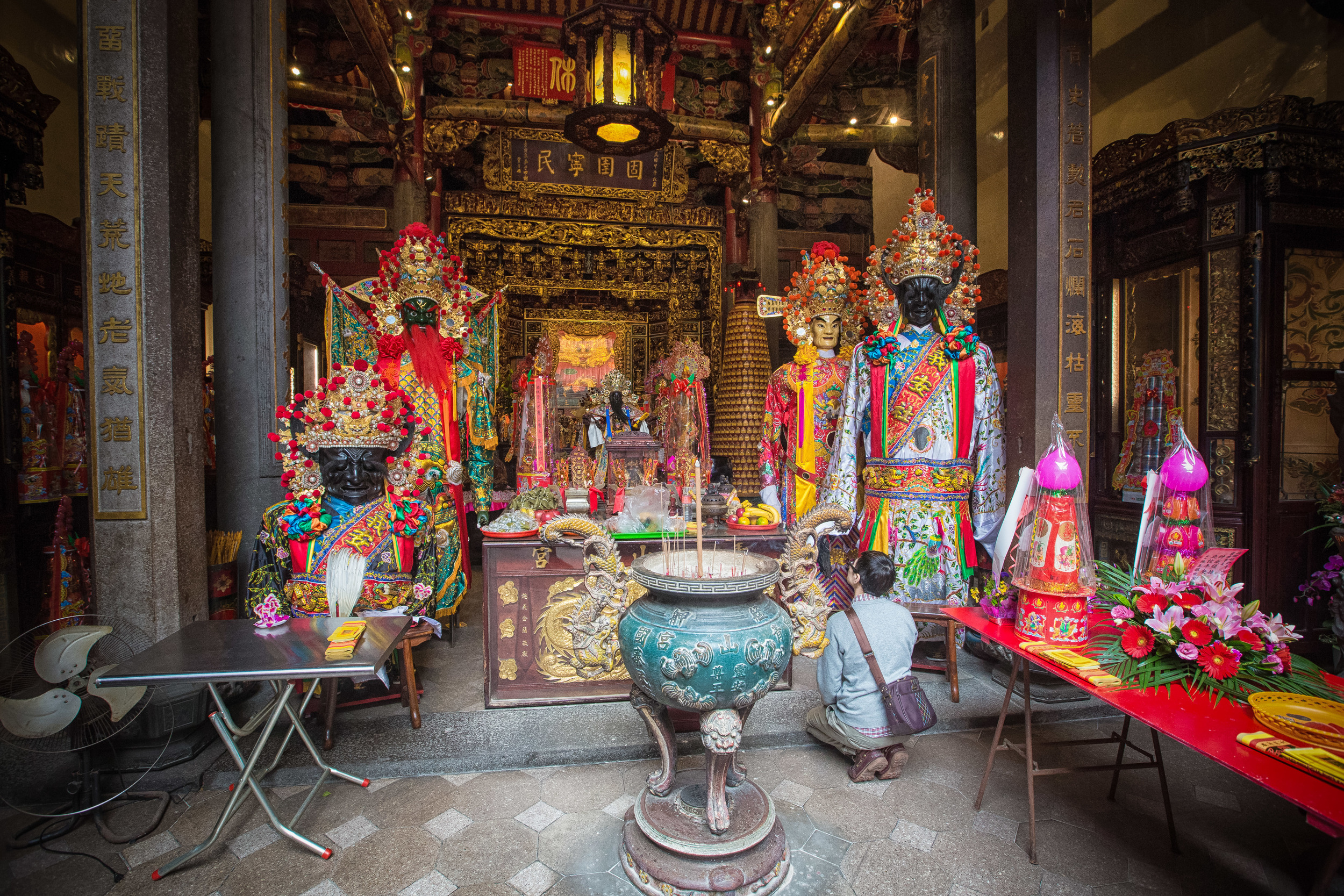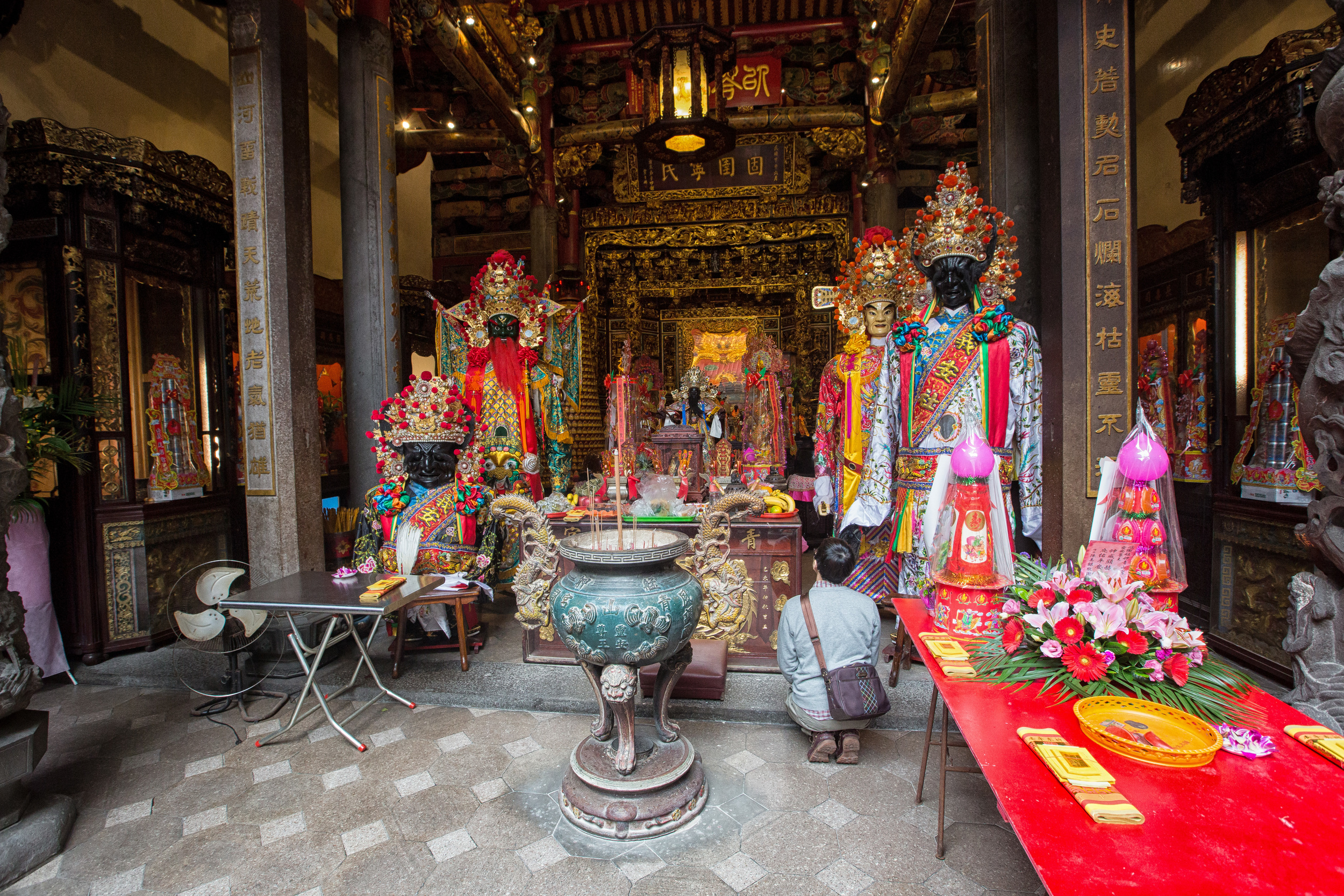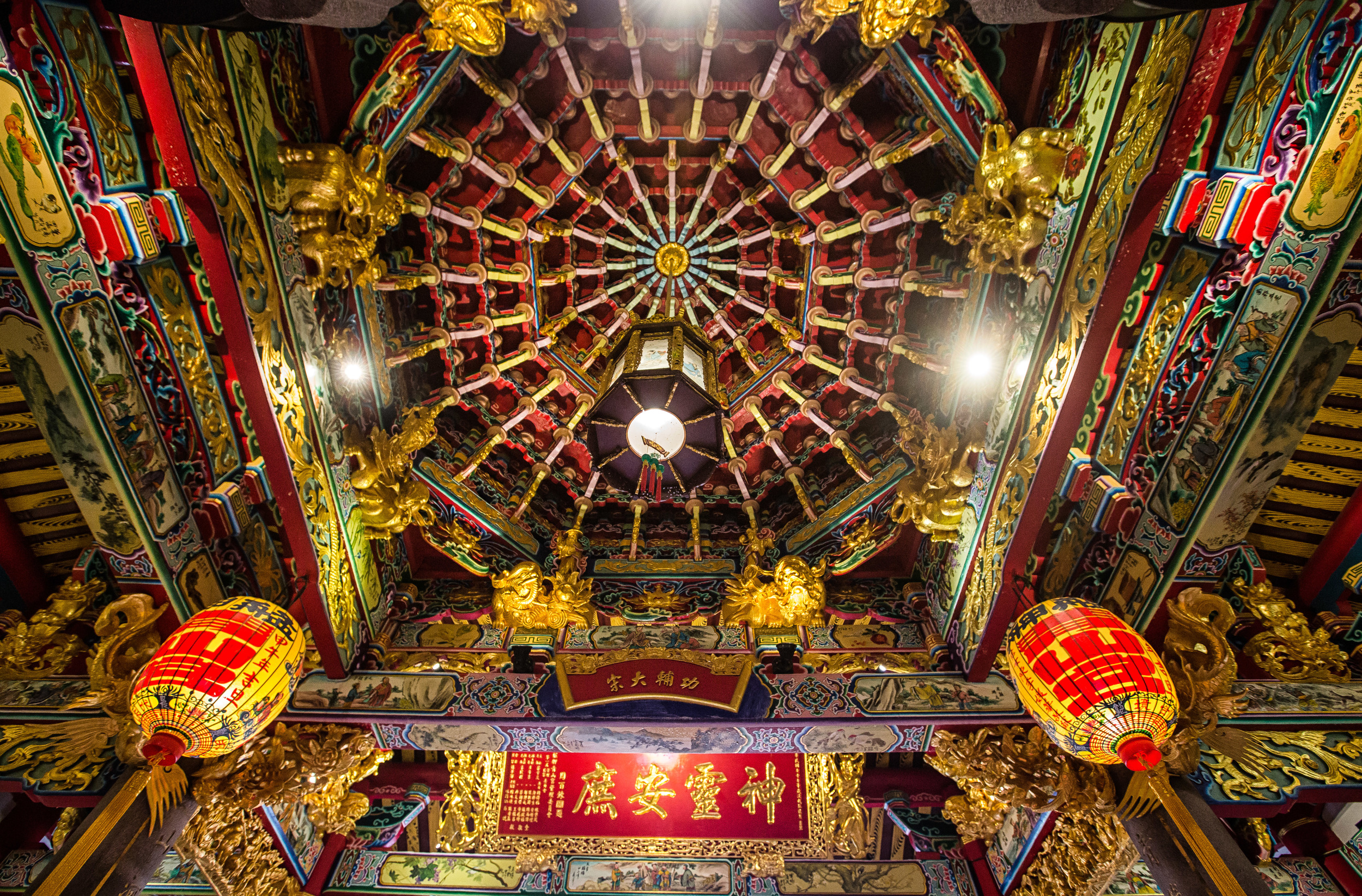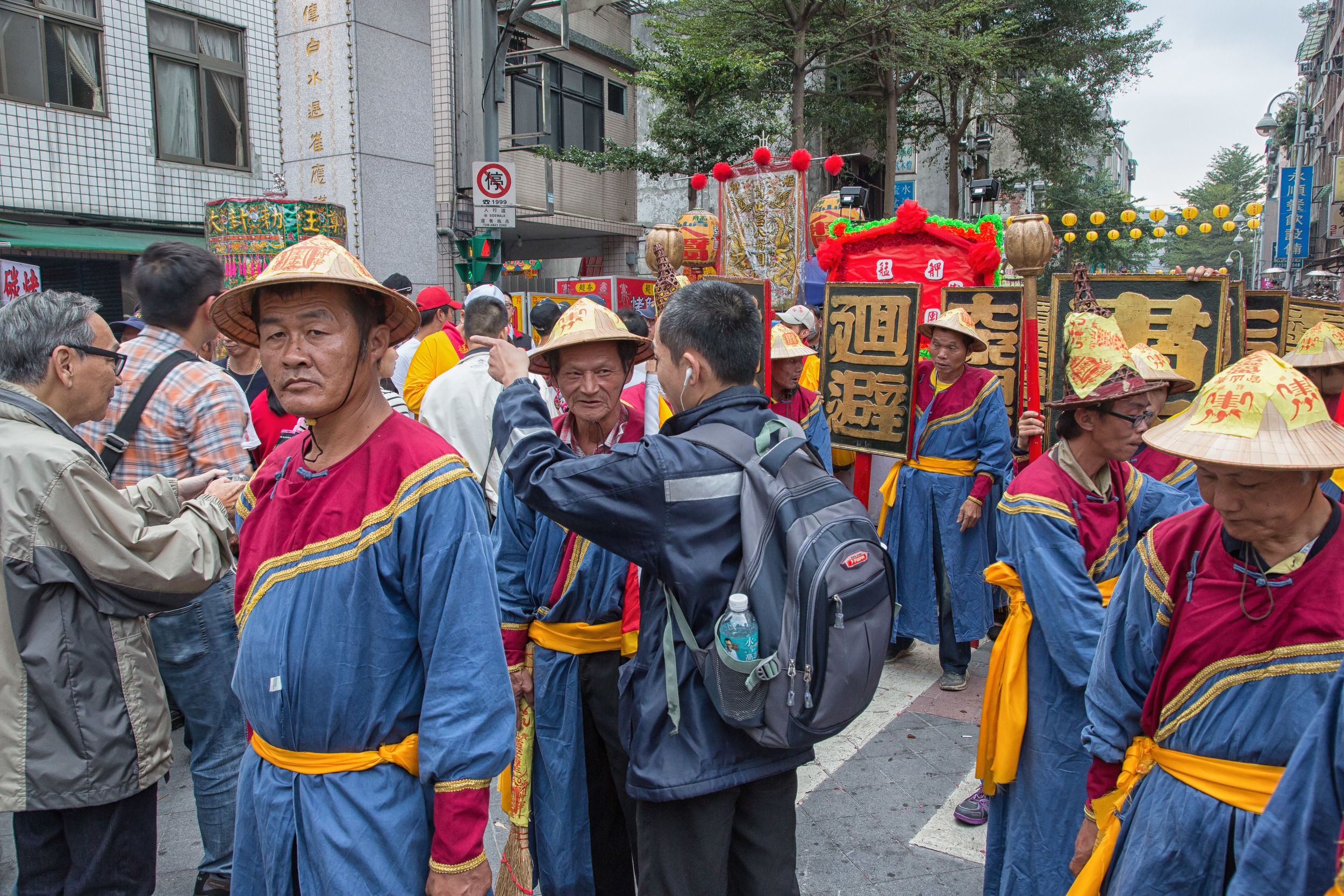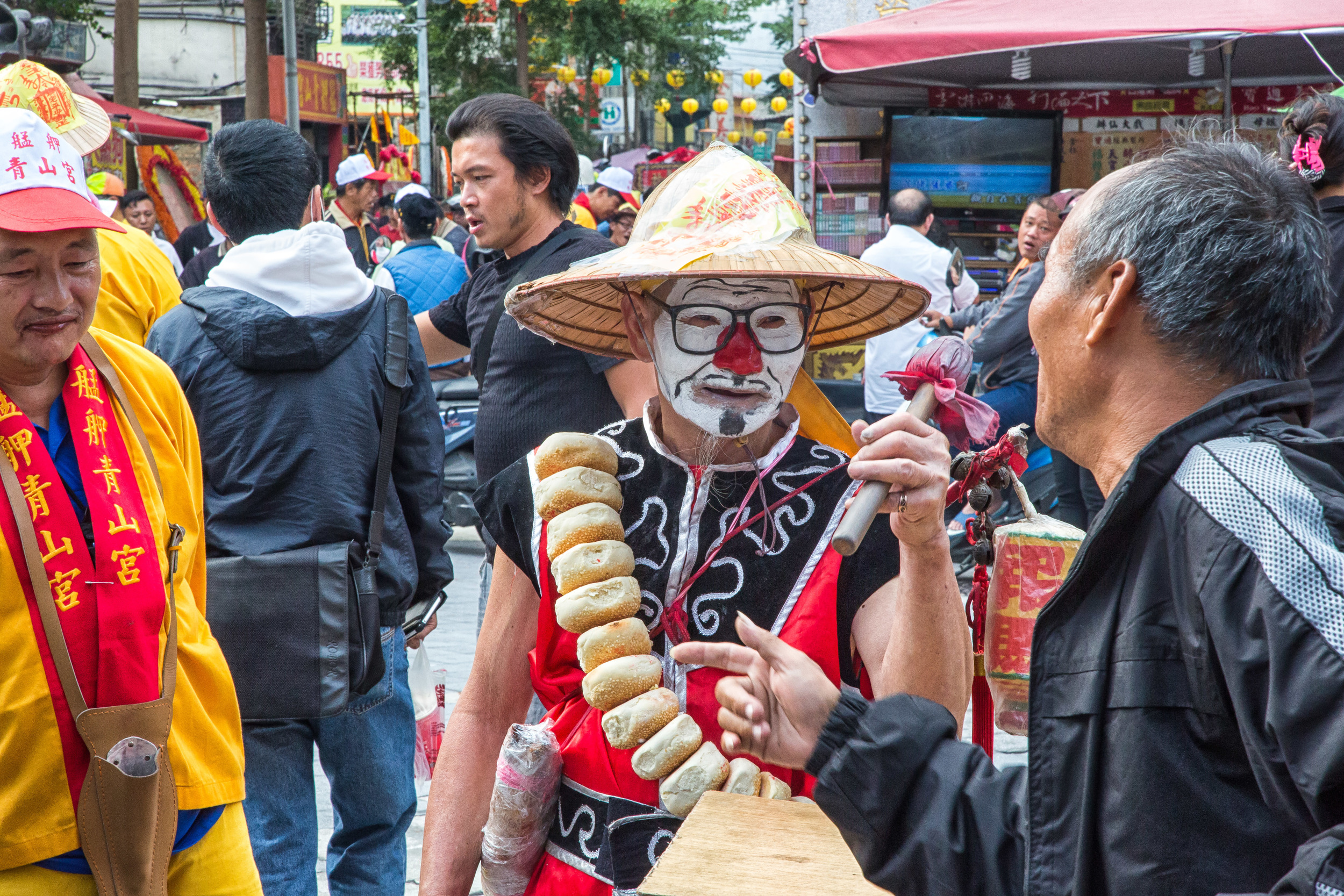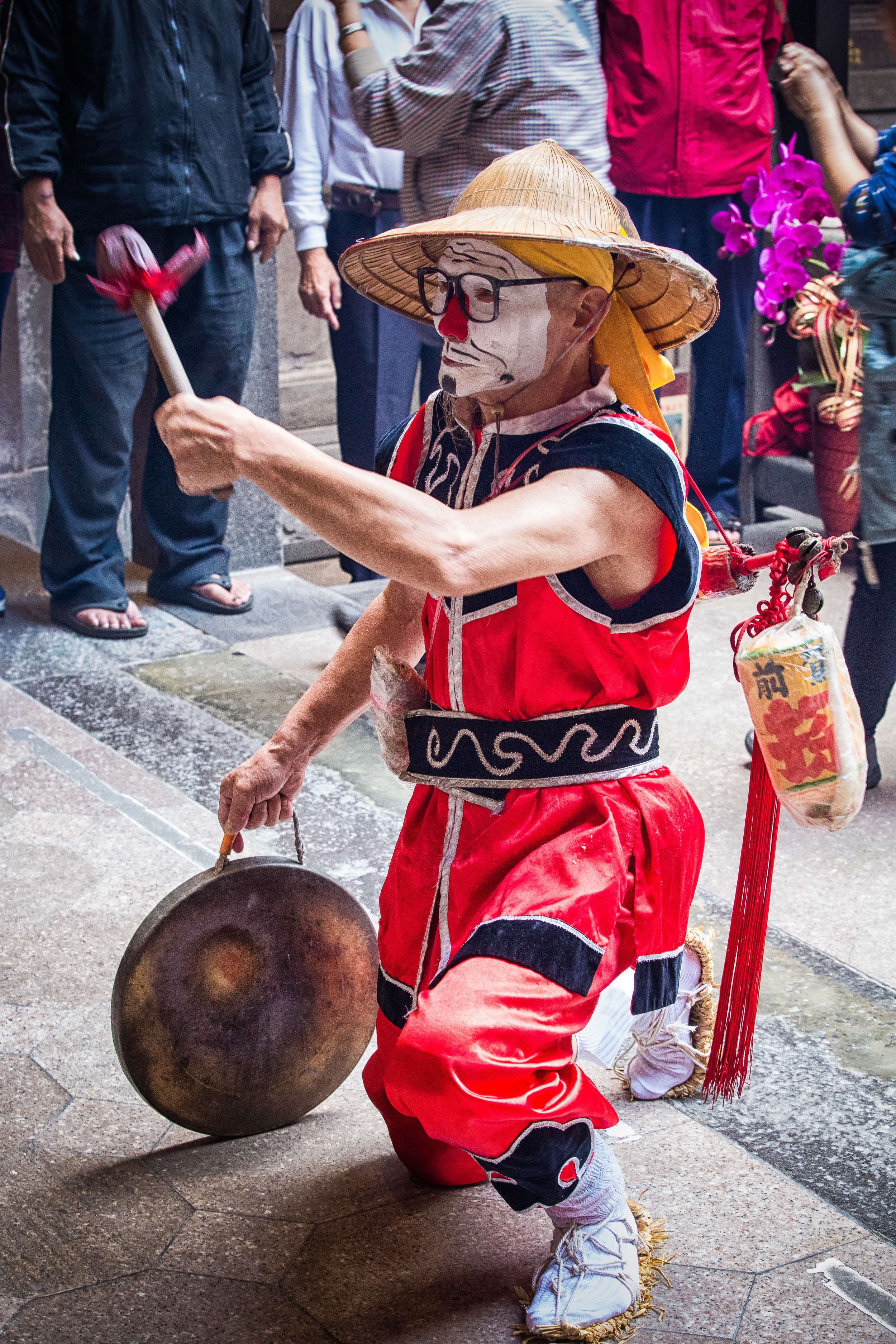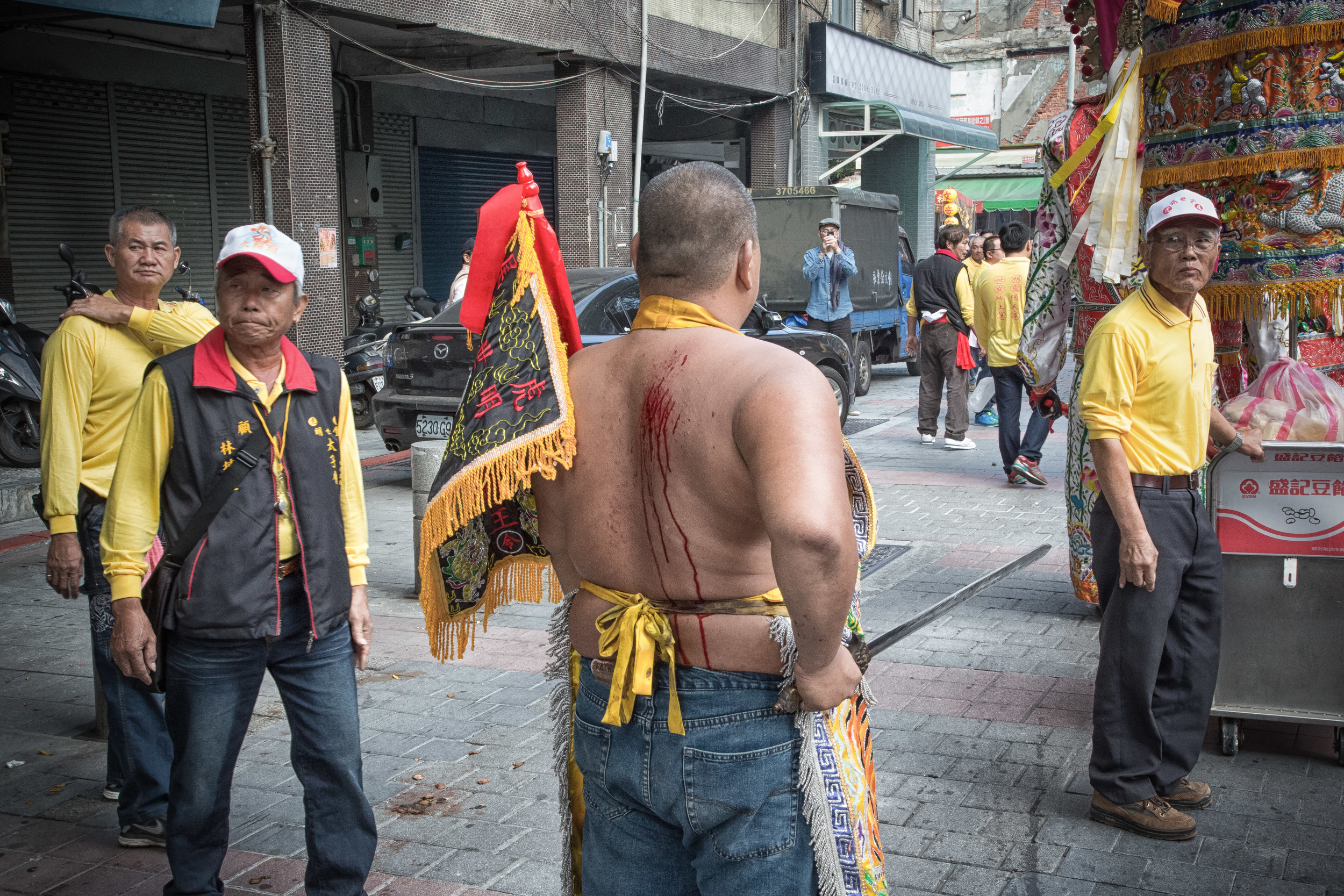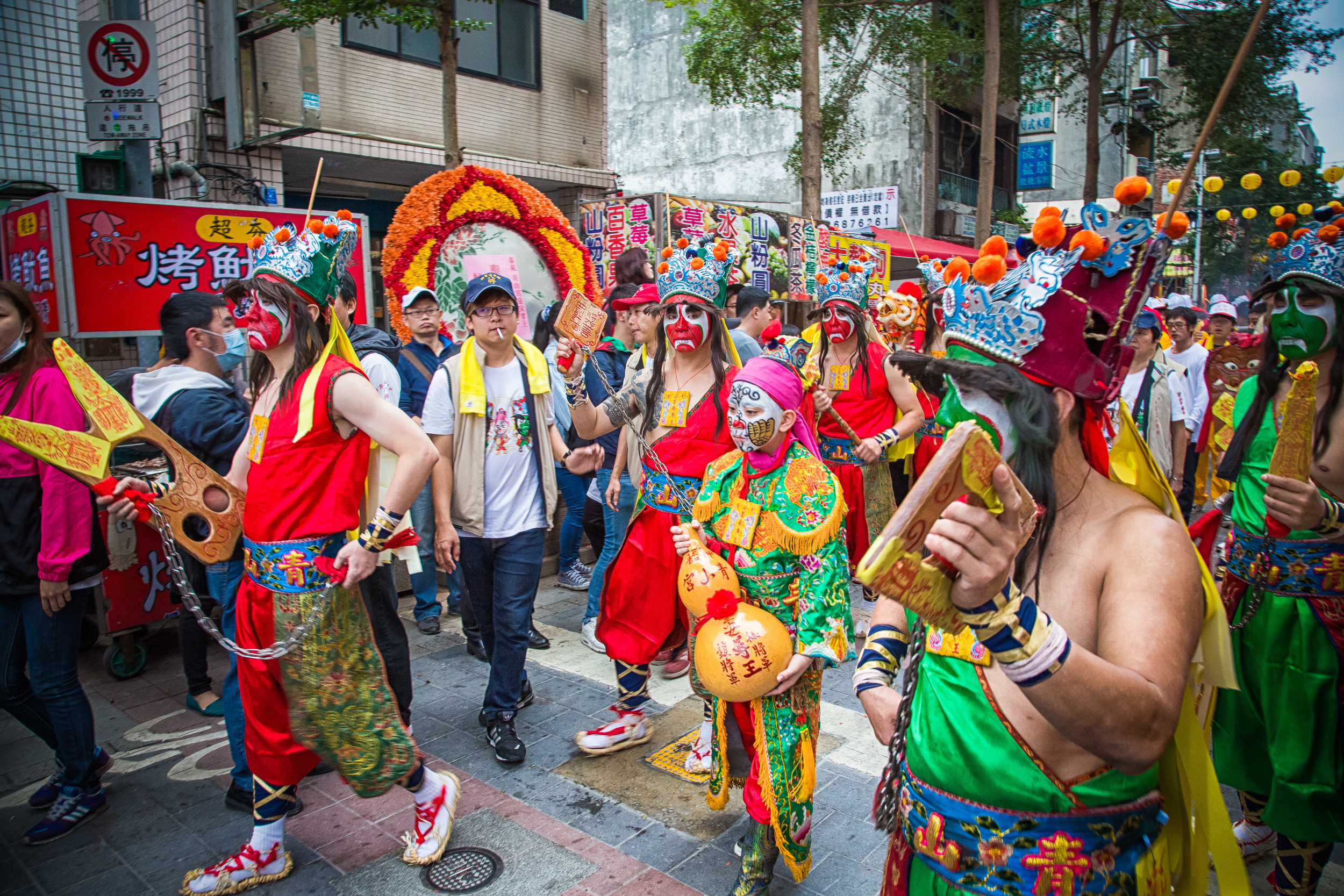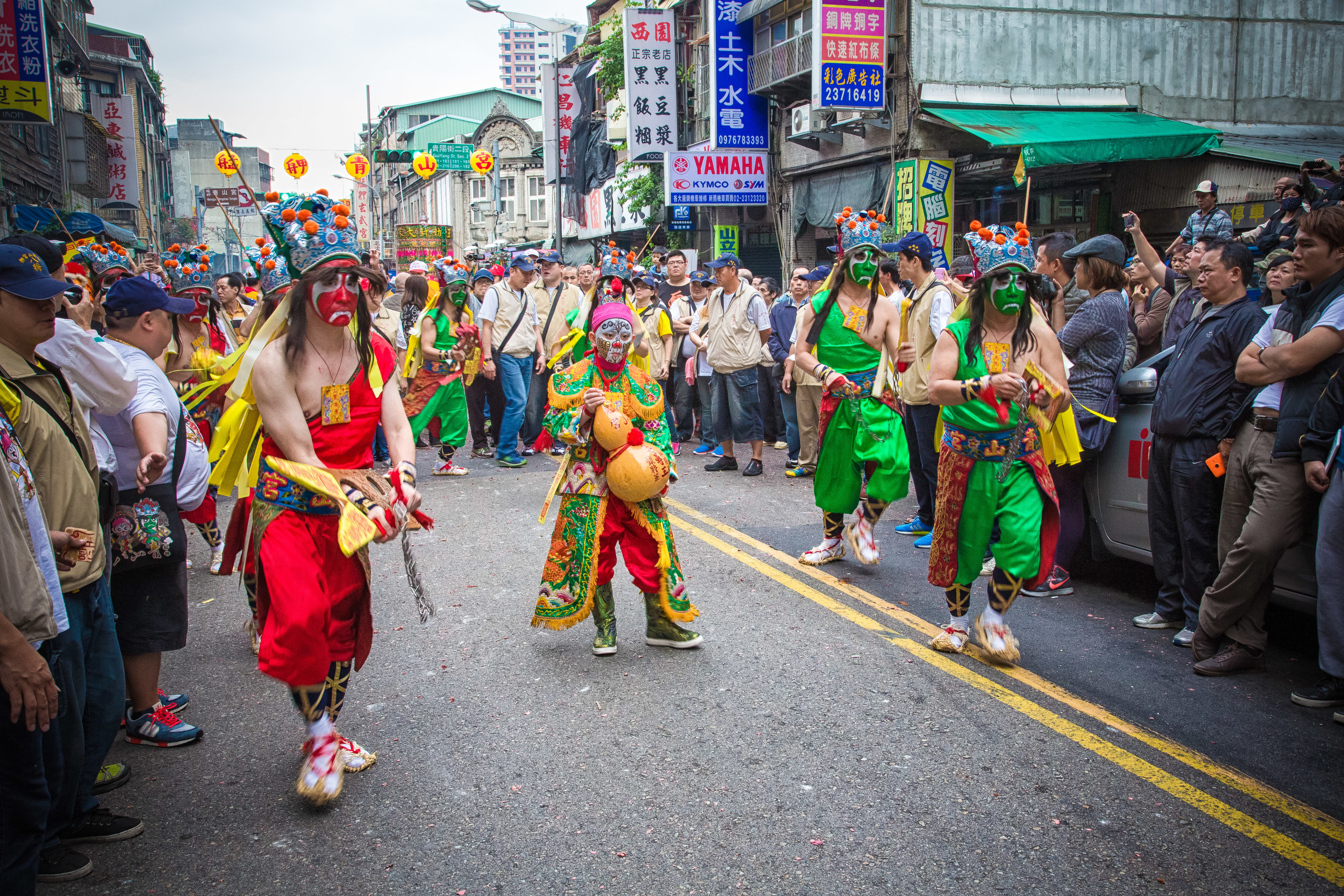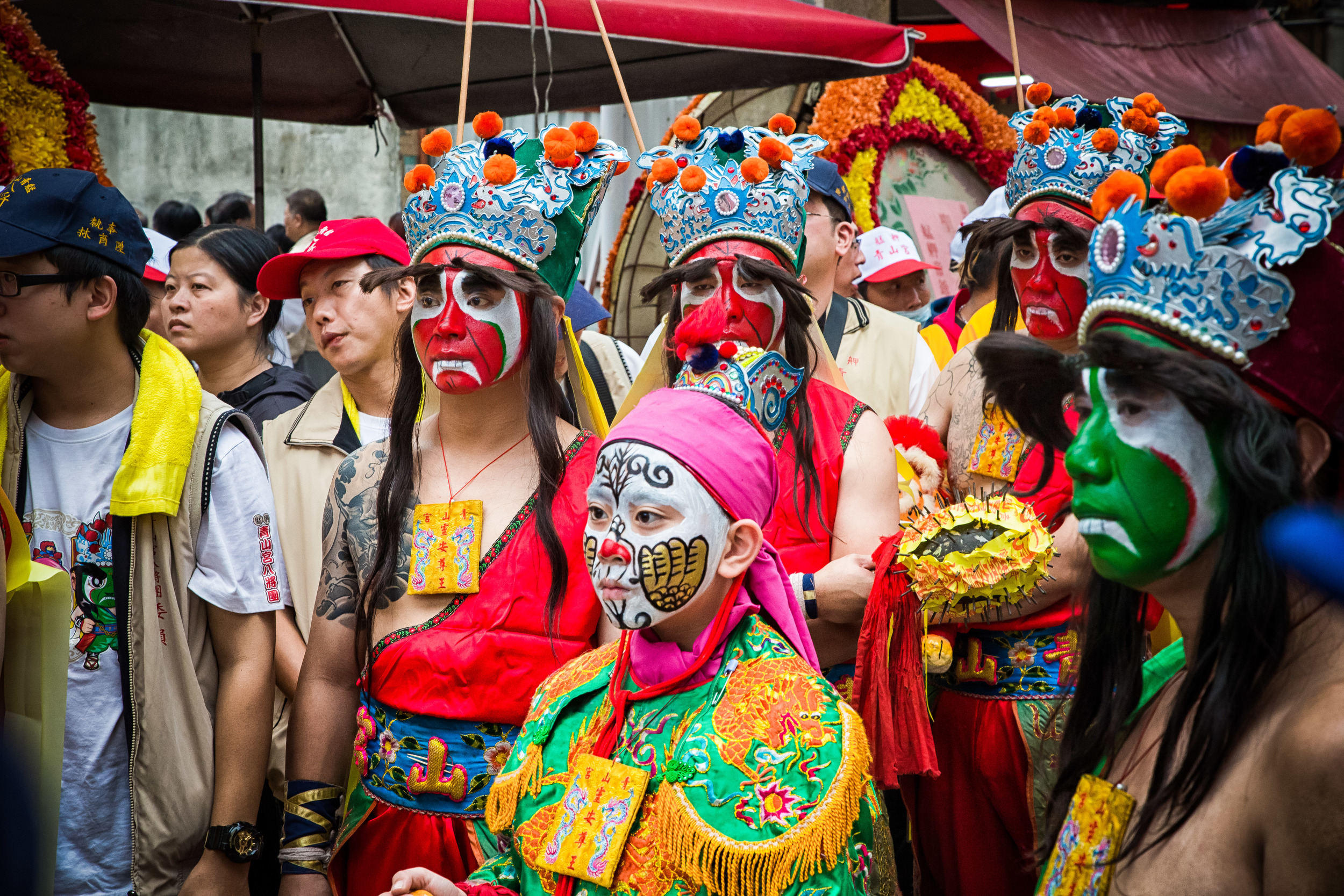This post is a continuation on my series of posts on the historic Monga (艋舺) district of Taipei. In the first two posts I shared photos of the Qingshan King Festival which is a lively Taoist festival which takes place every year in late November/early December. Today I'm continuing the series with a more in depth look at Qingshan Temple, the place where the 'king' has made his home for the last 161 years. If you haven't seen the first two posts in the series I've linked to them below:
Qingshan King Festival (青山靈安尊王) - Part 1 | Part Two
The Bangka district of Taipei is the most historic and culturally important areas of the city. Hokkien immigrants from Fujian settled in the area hundreds of years ago bringing with them their culture and religious beliefs as well as traditional Southern Chinese architectural styles that influenced the whole of Taiwan.
Situated on what is known as “Taipei’s First Street” (台北第一街), the Mengjia Qingshan Temple (艋舺青山宮) is one of the oldest temples in the city and is probably the best examples of Southern Chinese temple architecture left standing in the city. The temple was built in 1854 and while it doesn't predate its neighbour Longshan Temple (龍山寺), it was left intact after World War 2 which devastated parts of the city and most of the original Longshan Temple which had to be rebuilt after the armistice.
If you take a walk along “Taipei’s First Street” you will notice that a lot of the buildings are built in the Baroque style (which means the façade of the buildings have a Western and Asian fusion.) These types of buildings are usually put on display on most of Taiwan's “old streets” like the ones in Daxi, Hukou and Beipu which I have previously covered - but are also an indication of the age of the buildings in the area around the temple.
The Mengjia Qingshan Temple was built in between two of these buildings and while it isn't a huge temple, it is certainly grand in its importance to Taipei and the people of Bangka district. The temple is dedicated to the Qingshan King (青山王) or the “King of the Green Mountain” (a metaphor for someone who led a just/good life) a popular Taoist deity hailing from Quanzhou (泉州) in today's Fujian Province.
The Qingshan King is a popular local deity who in life was a well-known general during Three Kingdoms warring states period in Chinese history (220-280 AD.) His real name was Zhang Gun (張滾) and served in the Kingdom of Wu (東吳) under emperor Sun Quan (孫權) who sent Zhang to Quanzhou where his success and skills of running the city led to his deification as a protector god who has the ability to protect his followers from sickness and disease and also to punish evildoers like his contemporary Cheng Huang Ye (城隍爺) better known as the City God.
Today the Qingshan King is popularly worshipped due to the belief that he has the power to dispel disease. Interestingly, between 2002 and 2004, when the SARS epidemic was ravaging Asia, the temple became an extremely popular place among Taipei residents looking for a bit of supernatural protection from the epidemic.
According to legend, centuries ago fisherman from Fujian brought with them a statue of the Qingshan King and when they arrived in Bangka they found that while walking from the waterfront that they were stuck in one spot and couldn't budge. This was taken as an omen and Taoist priests were called to perform some ceremonies to which they found out that the god determined that this was the spot where his temple should be built.
The statue had arrived at the right time as Bangka was an economic powerhouse and because a plague was affecting the people of the area. The Qingshan King’s reputation for having the power to dispel disease gave the people of Bangka the incentive to donate more than enough funds for the temple to be built and soon the amount of followers of the temple swelled as people looked for divine protection from the plague.
The popularity of the temple and of the Qingshan King has lasted over 260 years in Taiwan and that popularity is put on display during the annual Qingshan King festival, one of the liveliest temple festivals in Taipei which lasts for three days between October 20th and 22nd on the Lunar Calendar. The temple puts on a spectacular show of ancient culture and Taoist religious displays that aren't as common today as they used to be.
As with most other Taoist temples in Taiwan, the temple has a main deity and then several others as well making it a convenient place to visit. The main shrine of the temple is of course dedicated to Qingshan Wang, but there are shrines dedicated to other Taoist gods including Matzu, the Ba Jia Jiang (八家將) and several other gods of the underworld who are entrusted with dishing out punishment and supernatural justice. In all there are over fourteen shrines in the temple with the second floor having five shrines and the third floor having seven.
The temple is nestled in between two buildings and was constructed using the Fujian-style three courtyard design. It was built with exceptional quality wood and stone and the stone-work on the pillars as well as throughout the temple are quite significant. Each shrine room has a really cool octagonal shaped plafond ceiling which they say was constructed without the use of nails. These octagonal style ceilings never cease to amaze me and to think that people had the ability to build these things in the 18th century is pretty fantastic.
The temple is open all year long and while it isn't really a tourist destination like Longshan temple, it is a pretty cool place to visit. If you have the opportunity to be in Taipei during the Qingshan King festival it is something that you won't want to miss as it puts Taiwanese culture on display in a big way. If not I still recommend a visit to the temple at any other time of the year as you won't encounter as many tourists!
Gallery / Flickr (High Res Shots)
